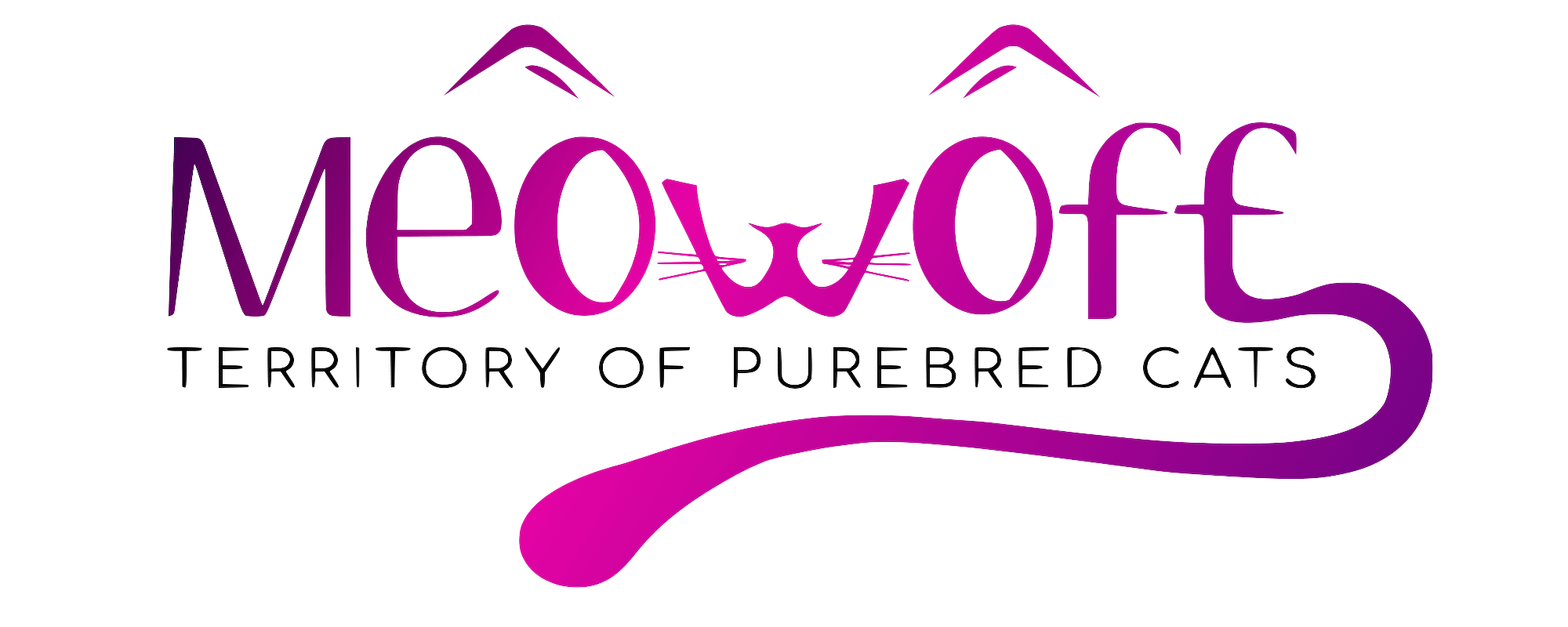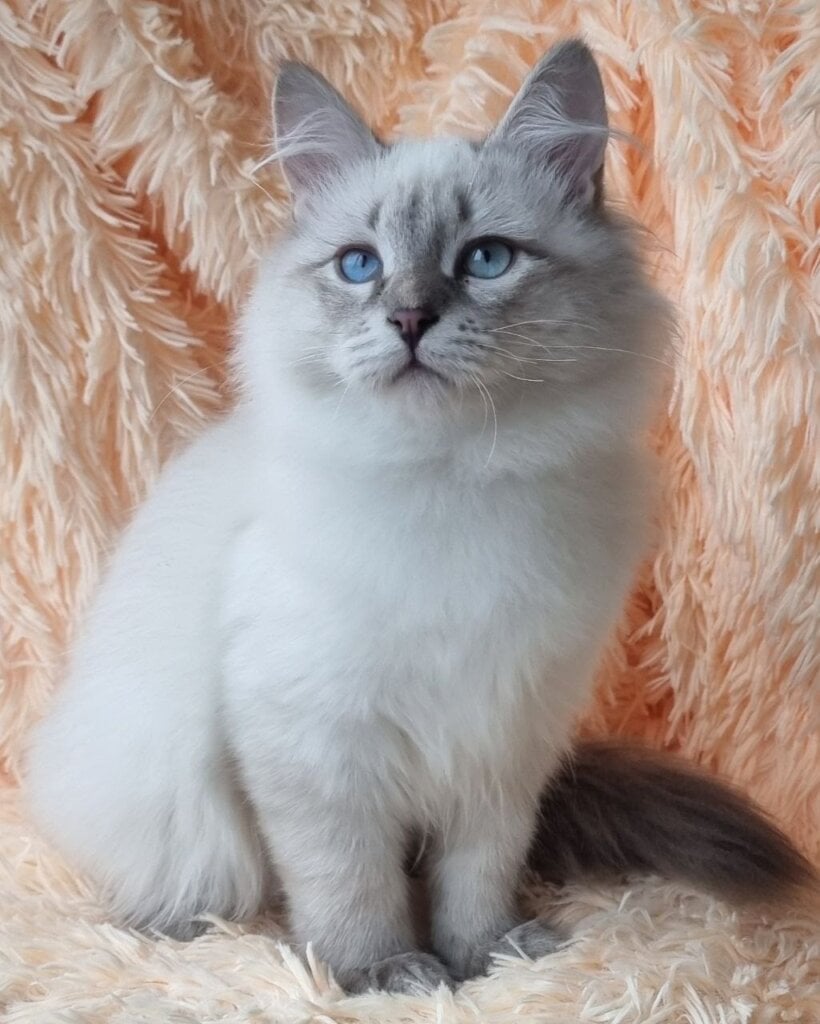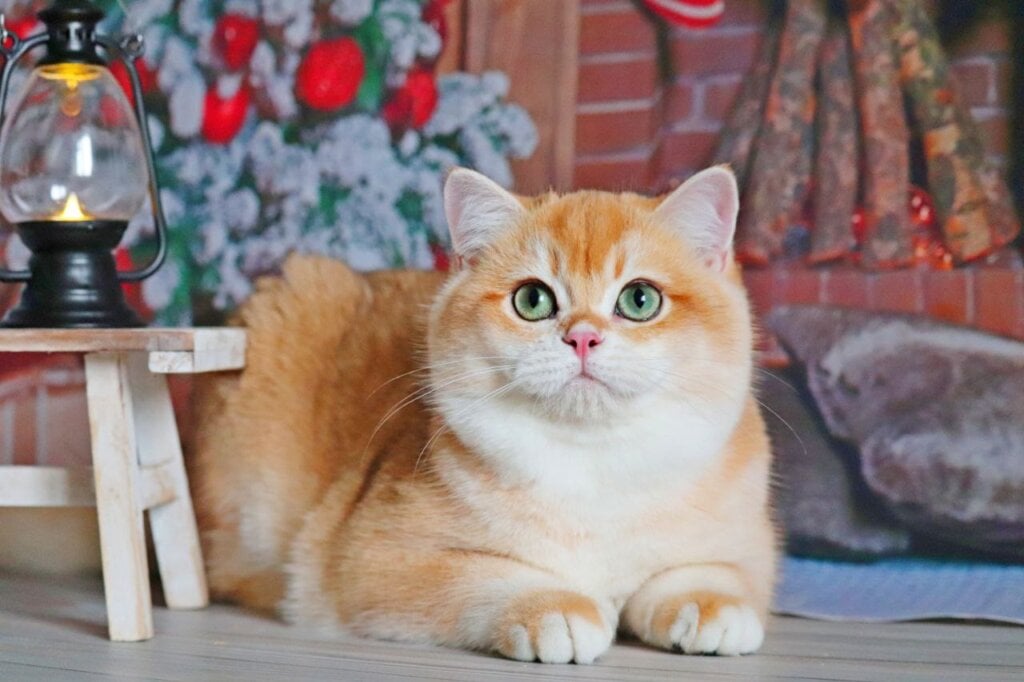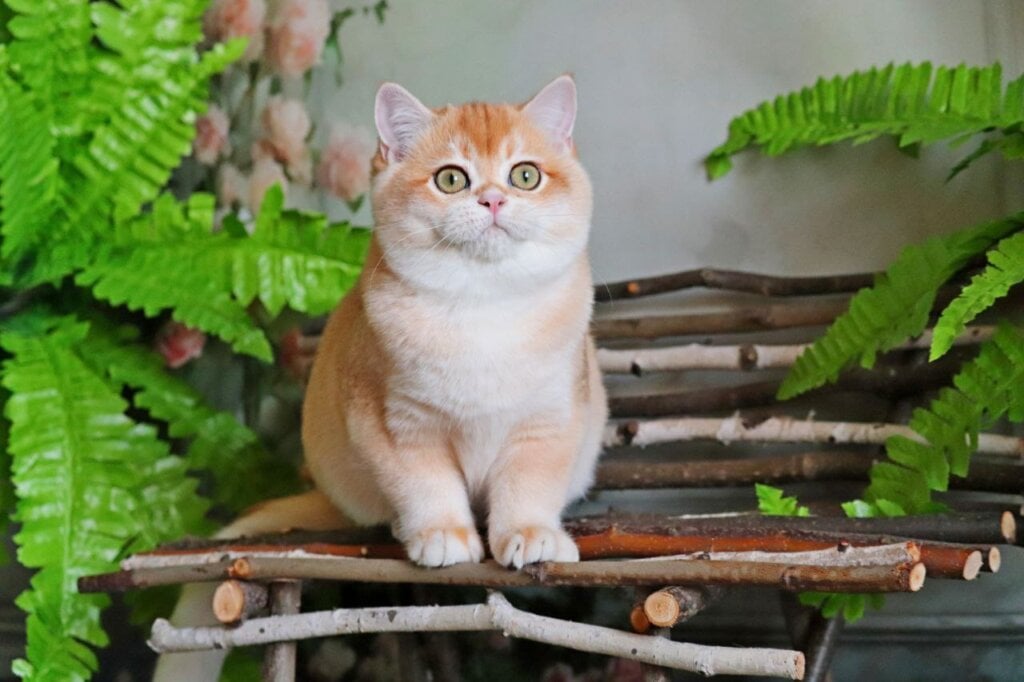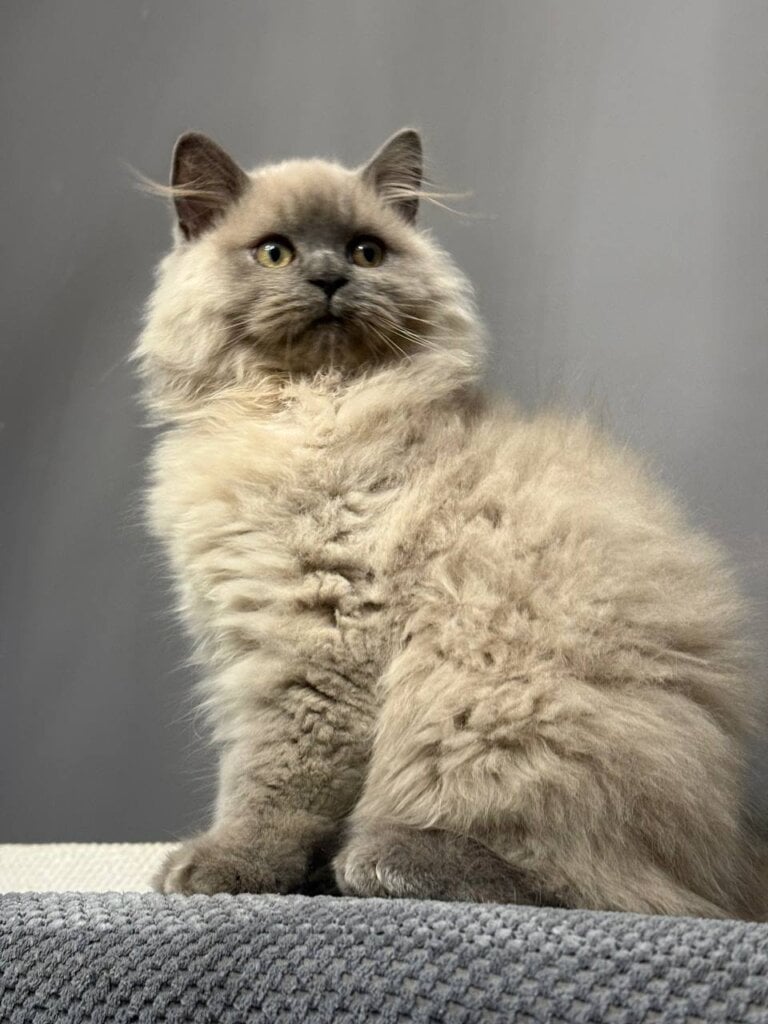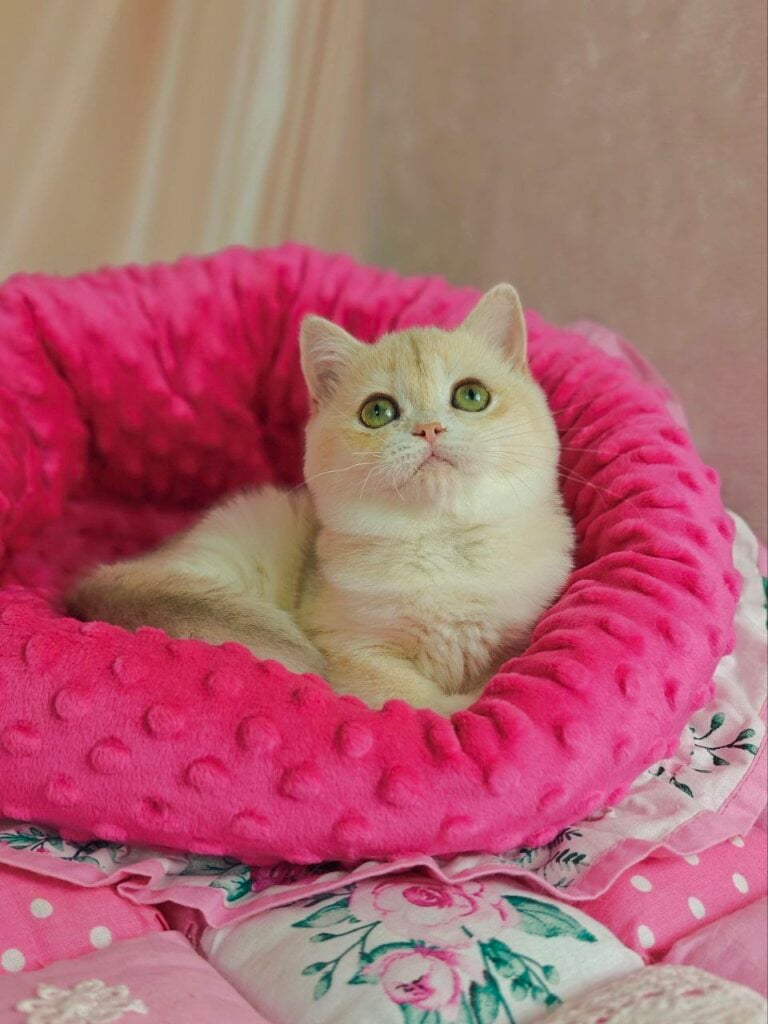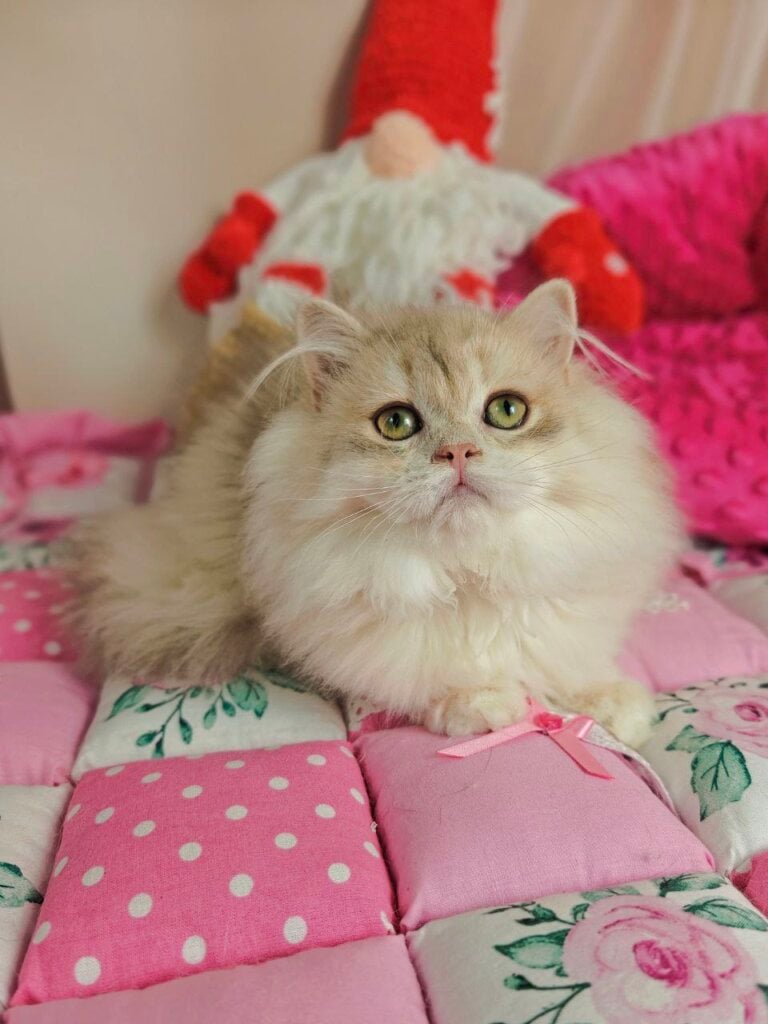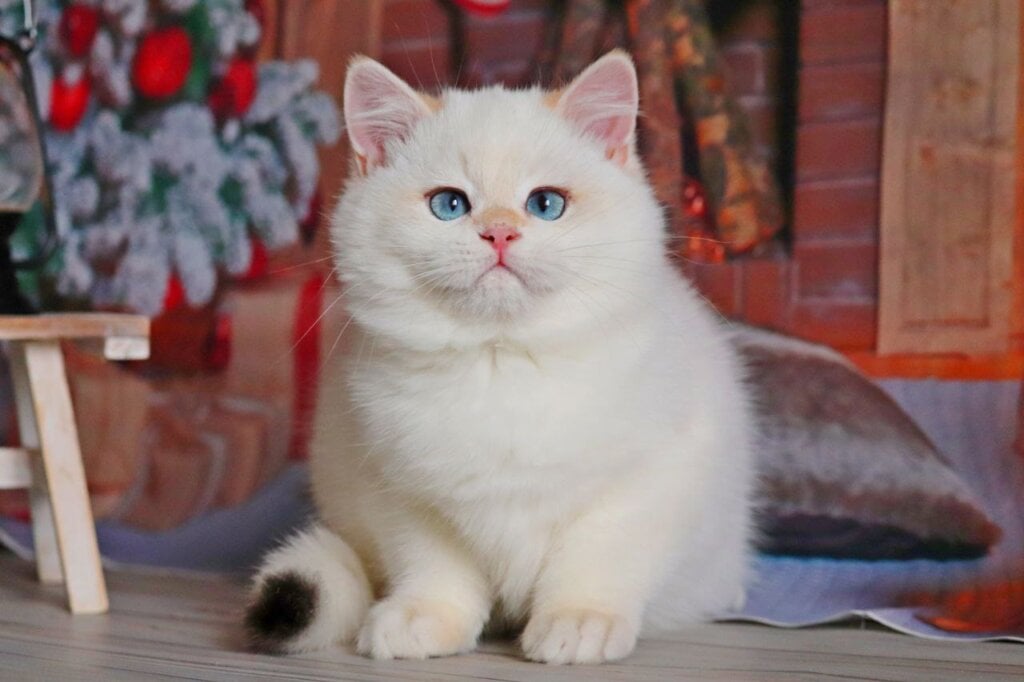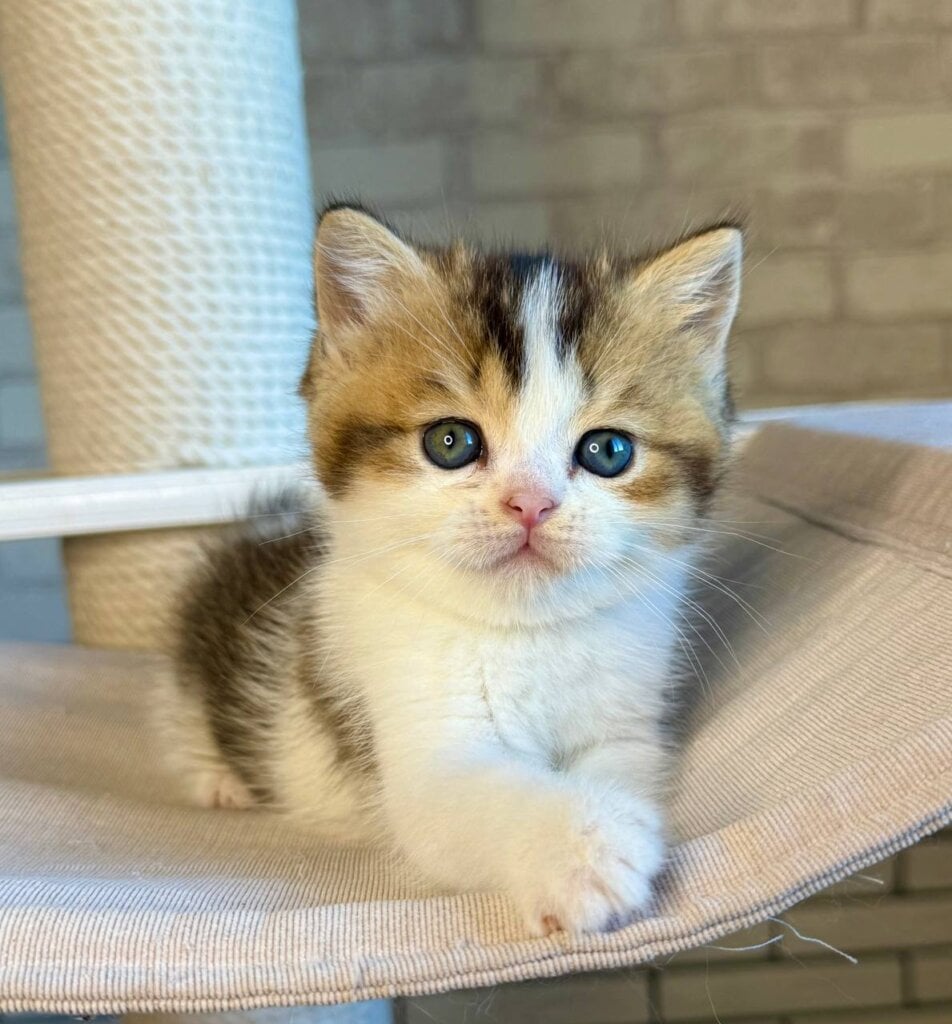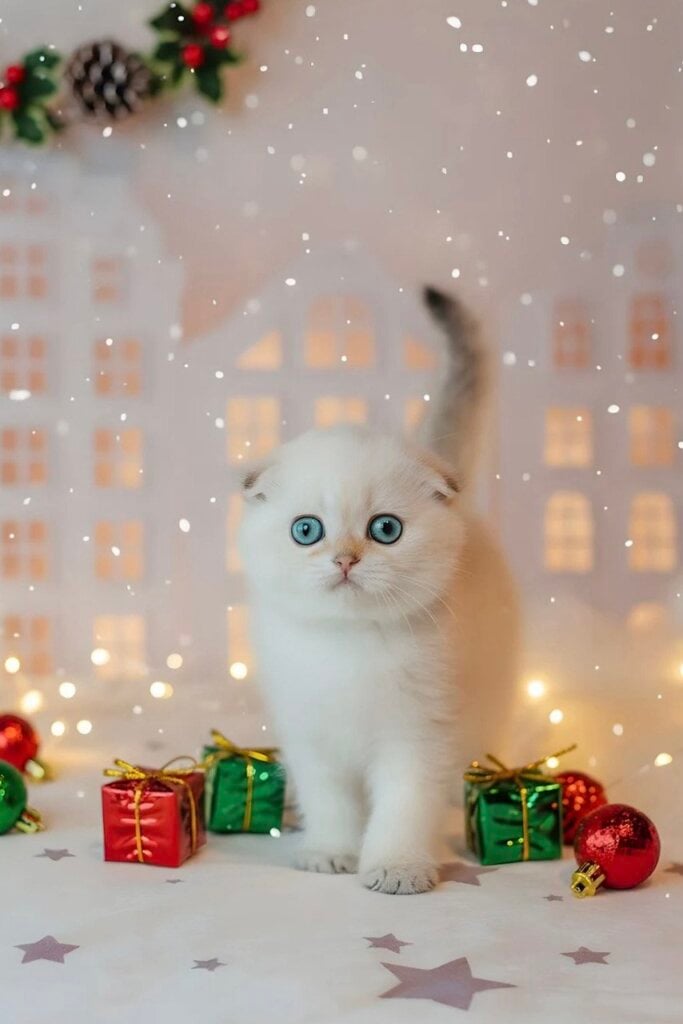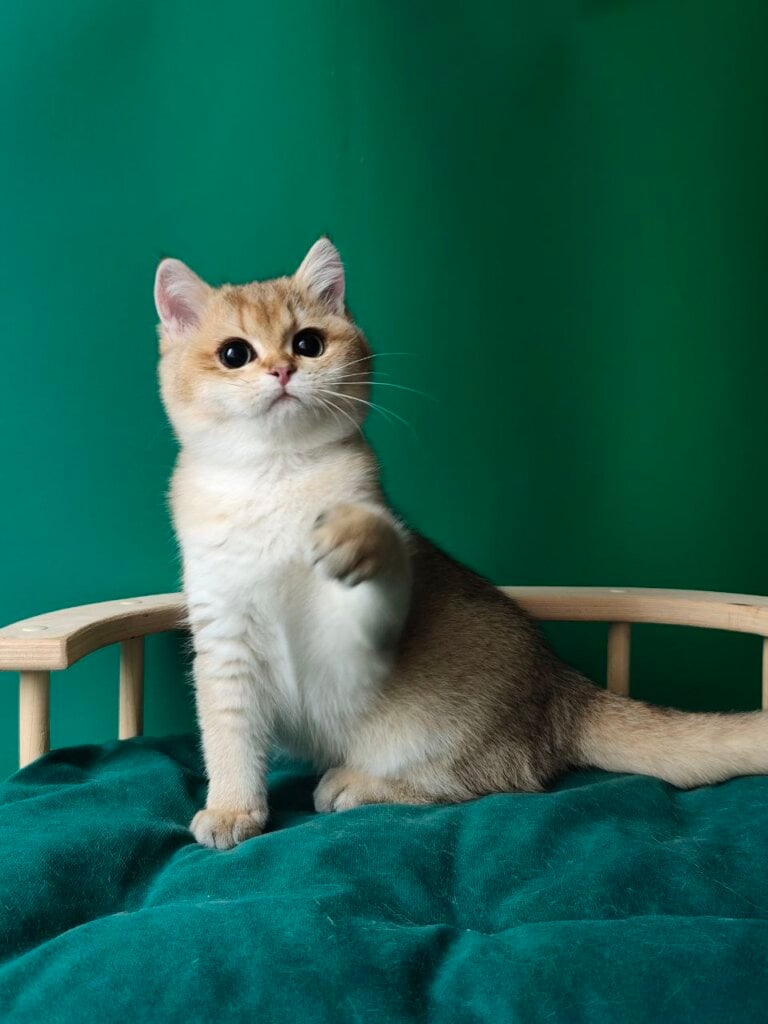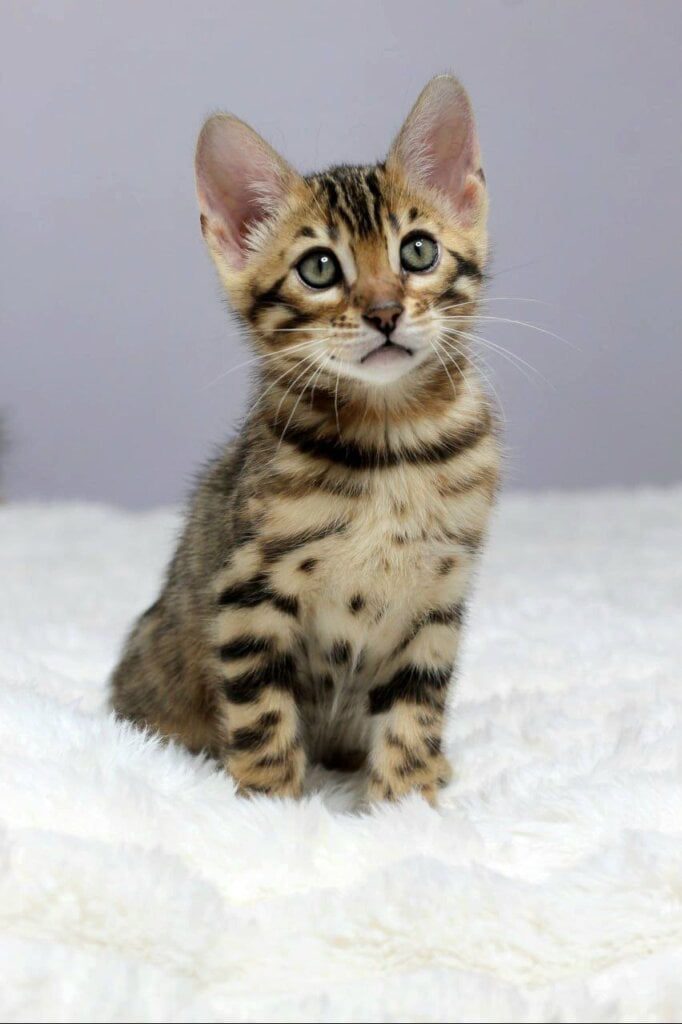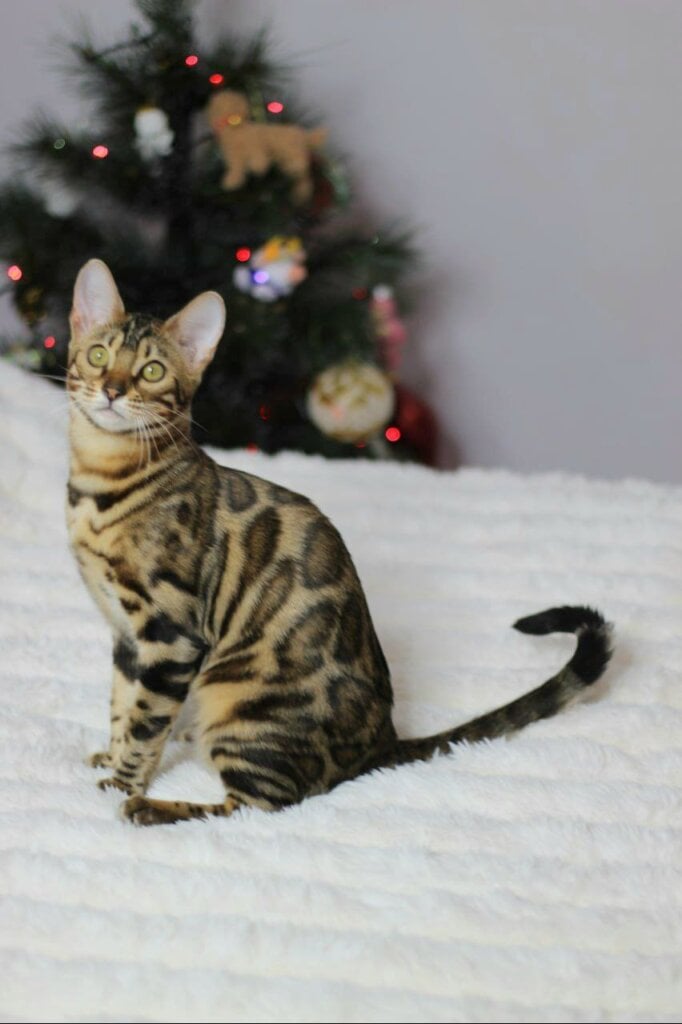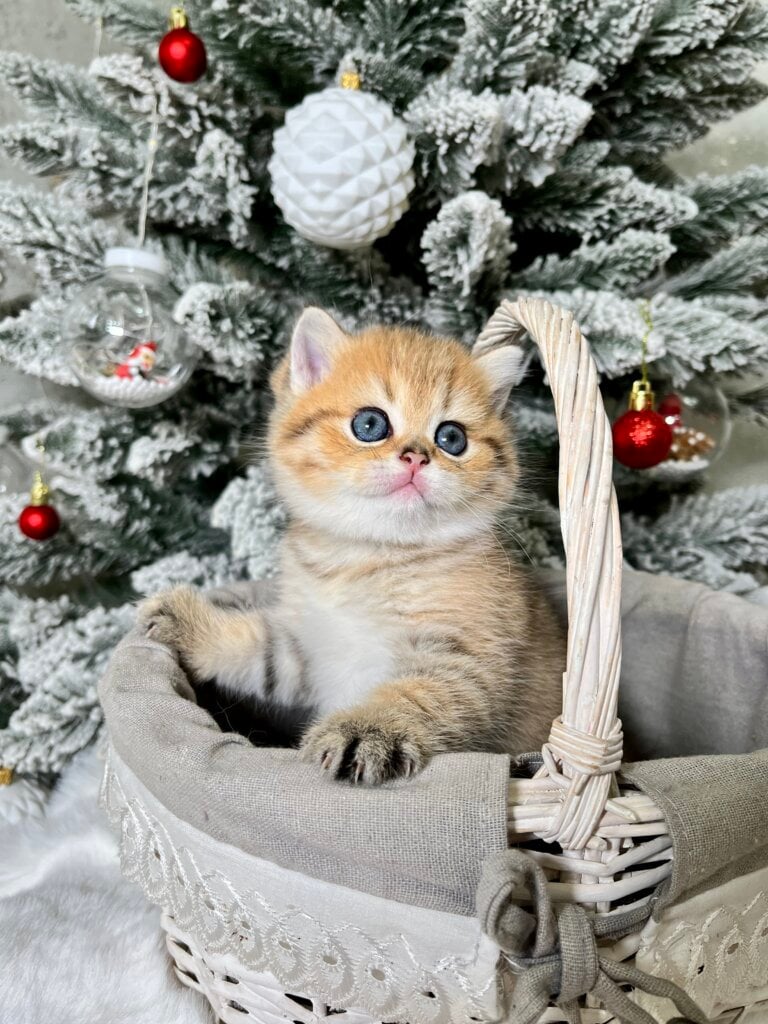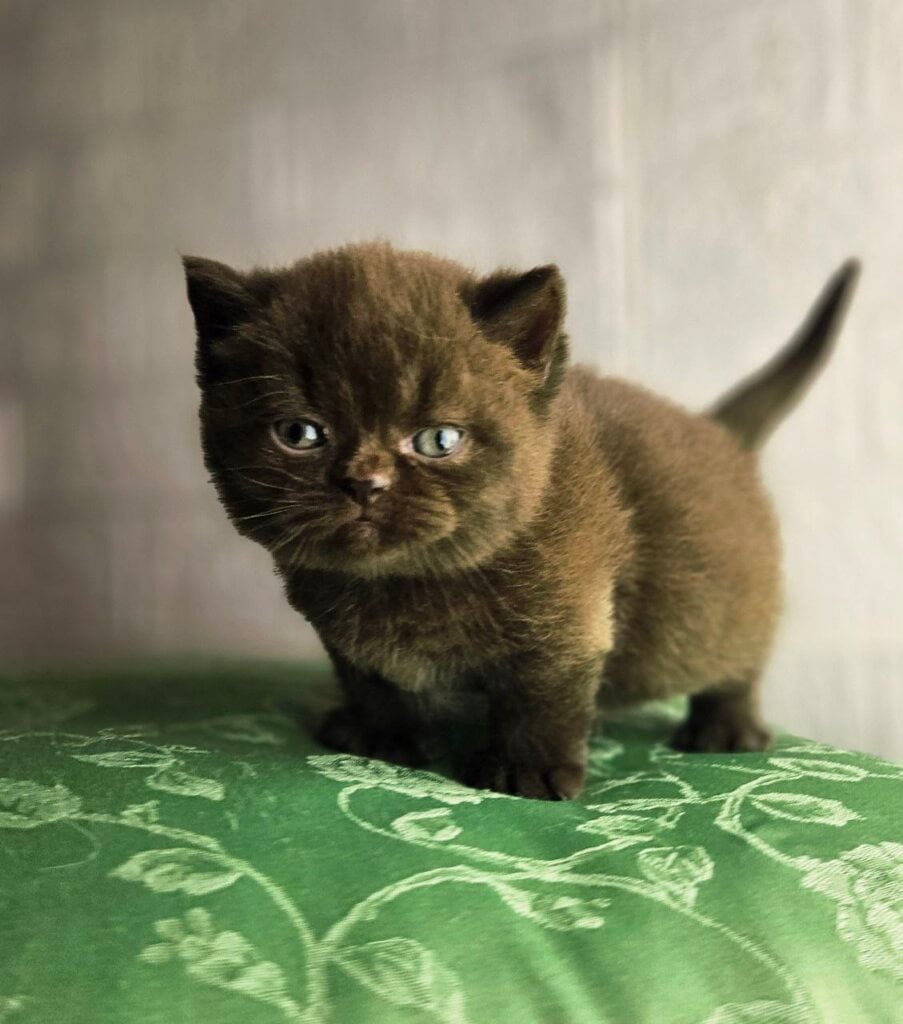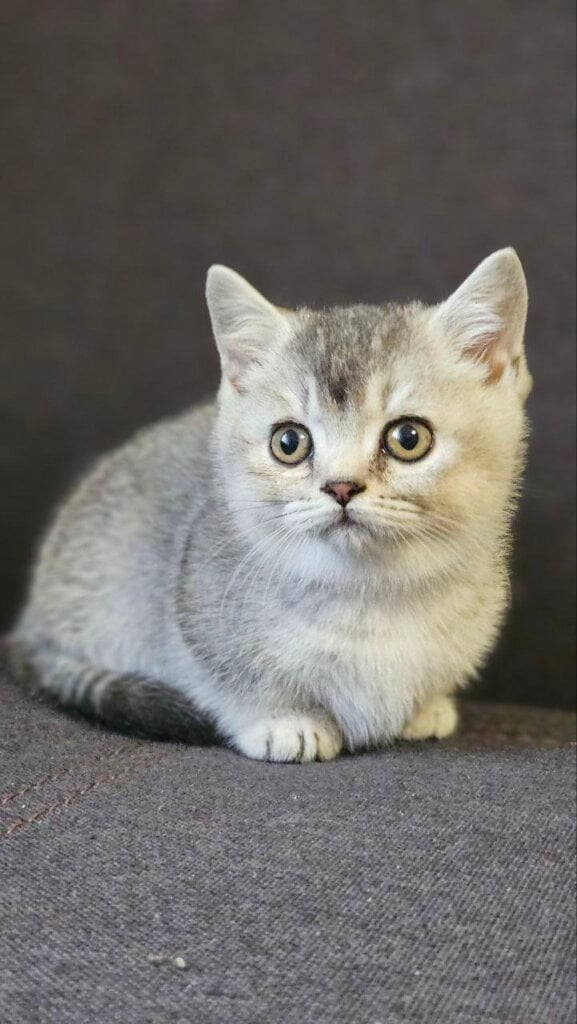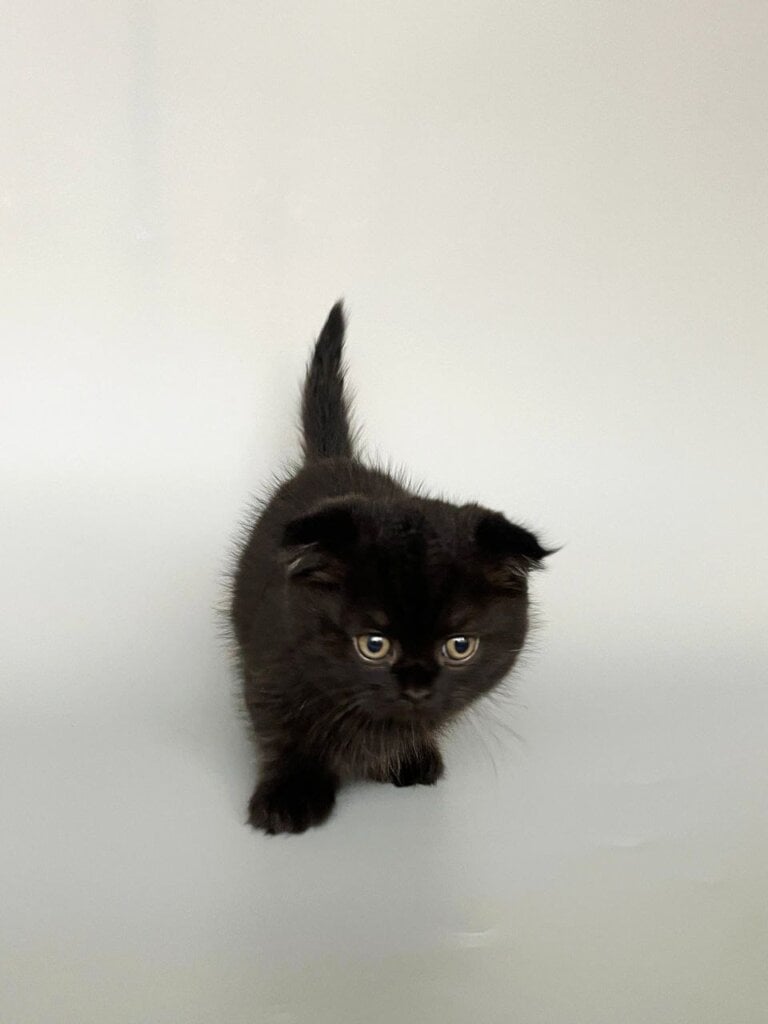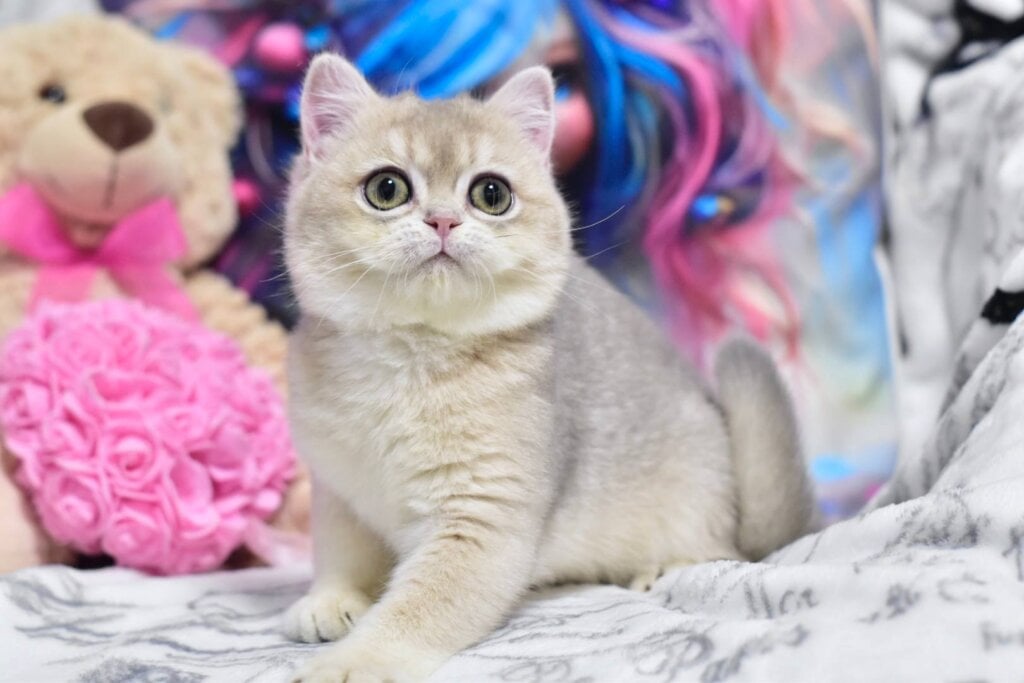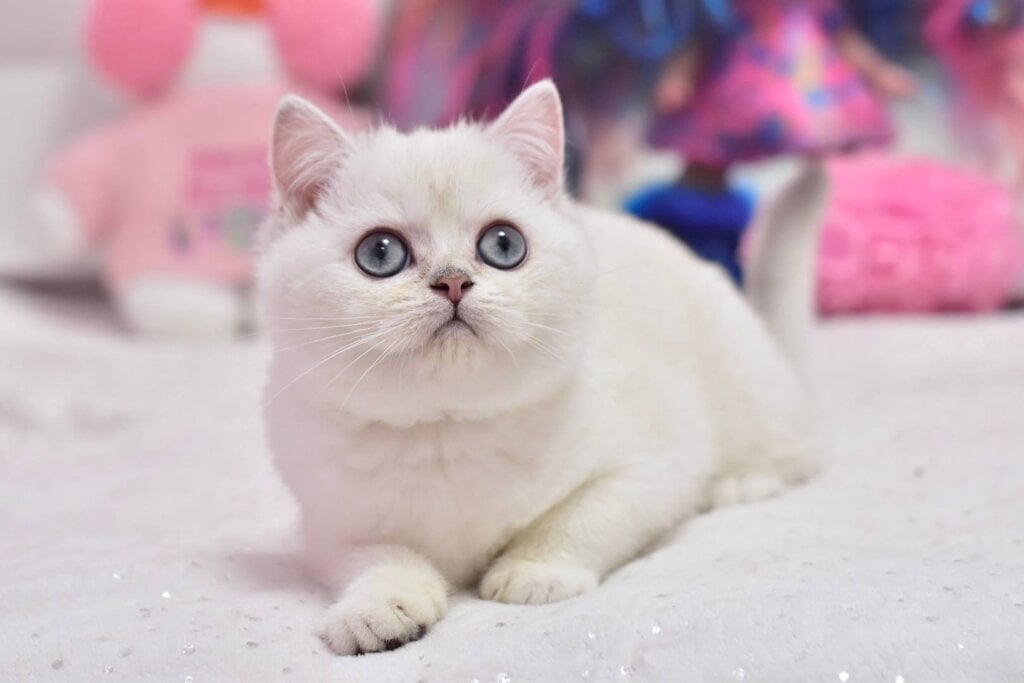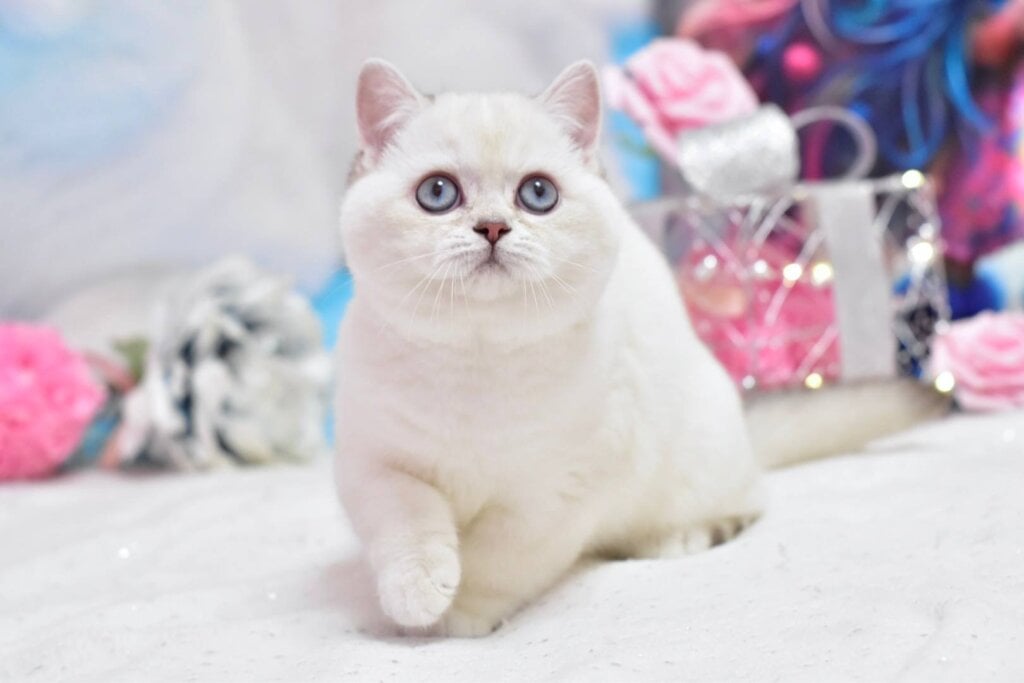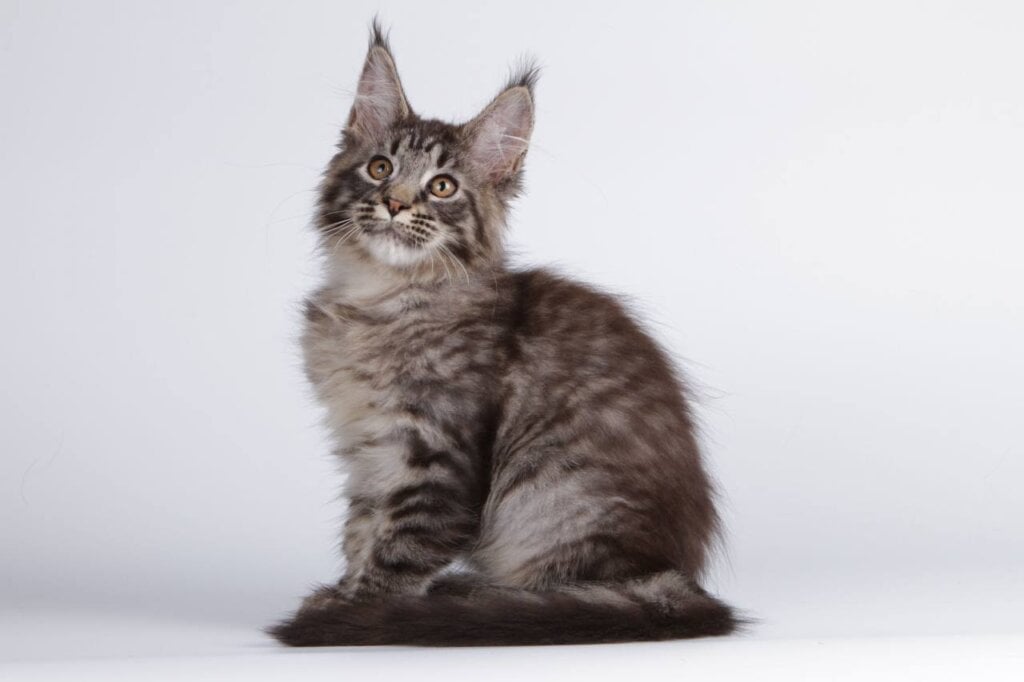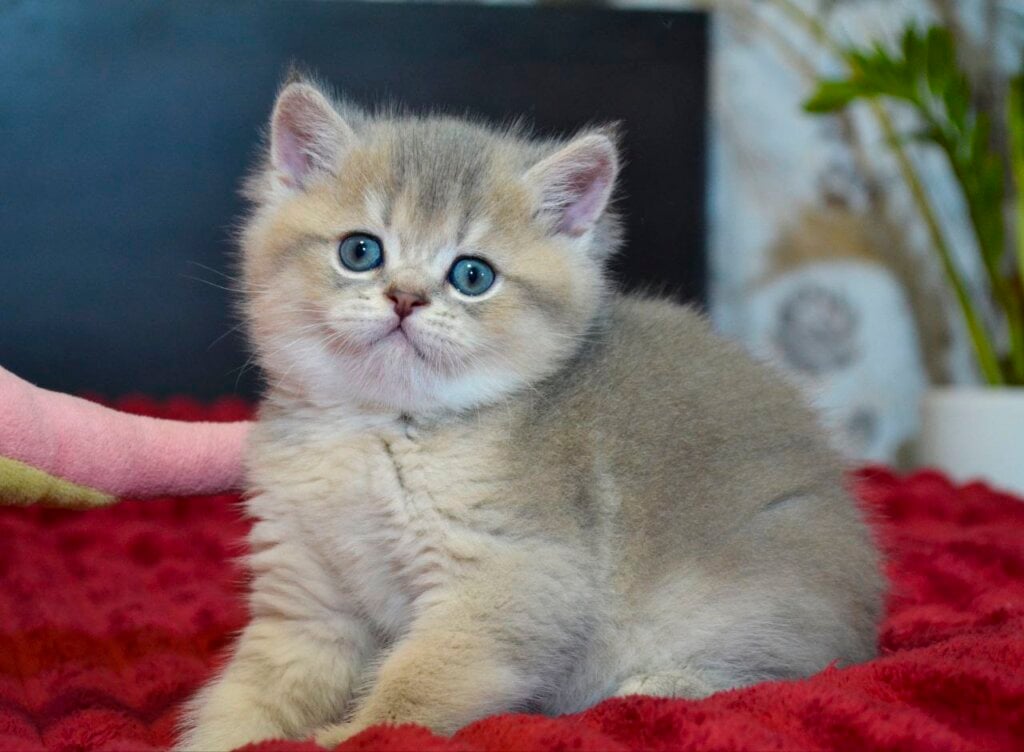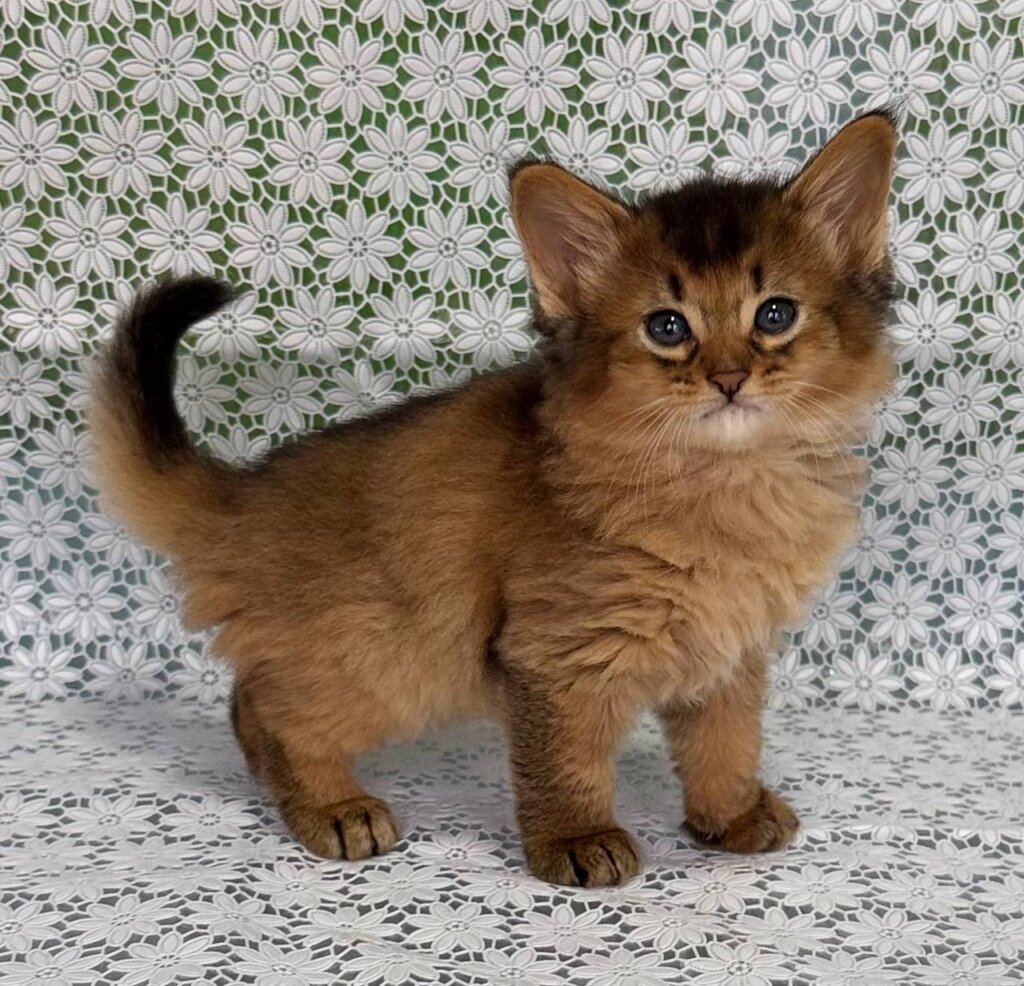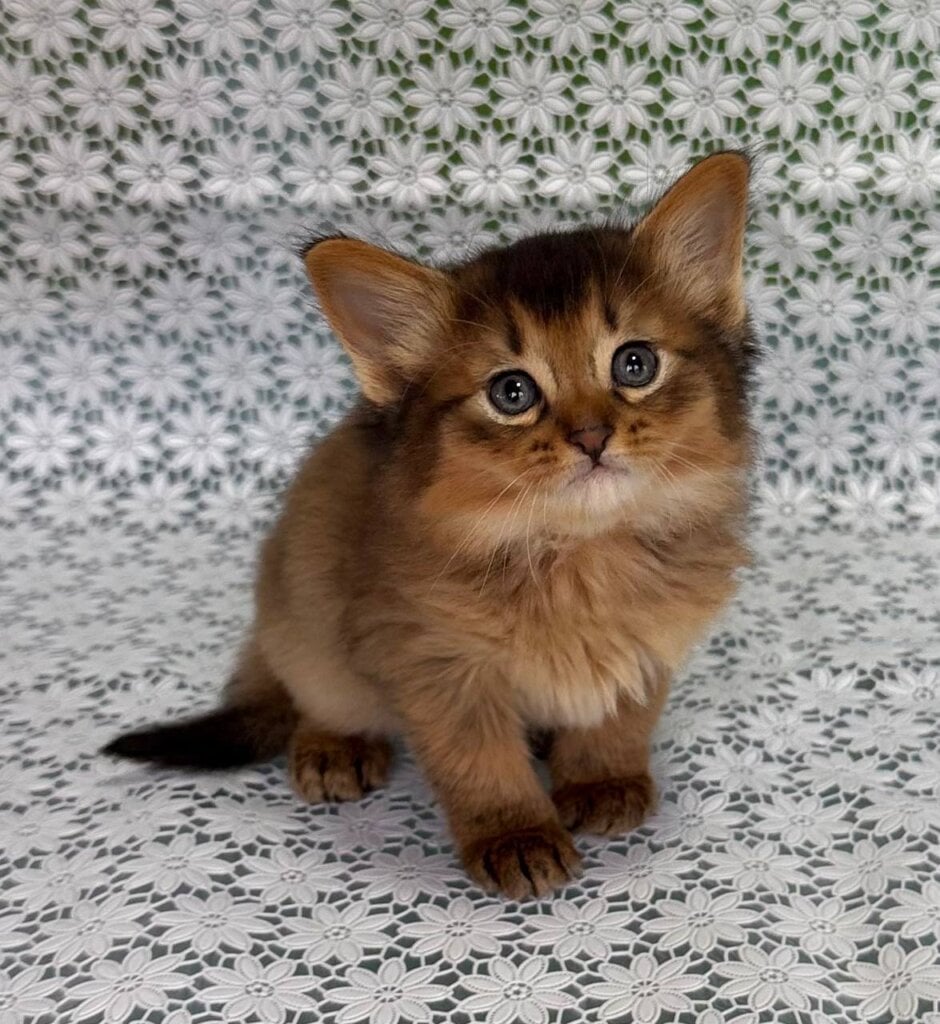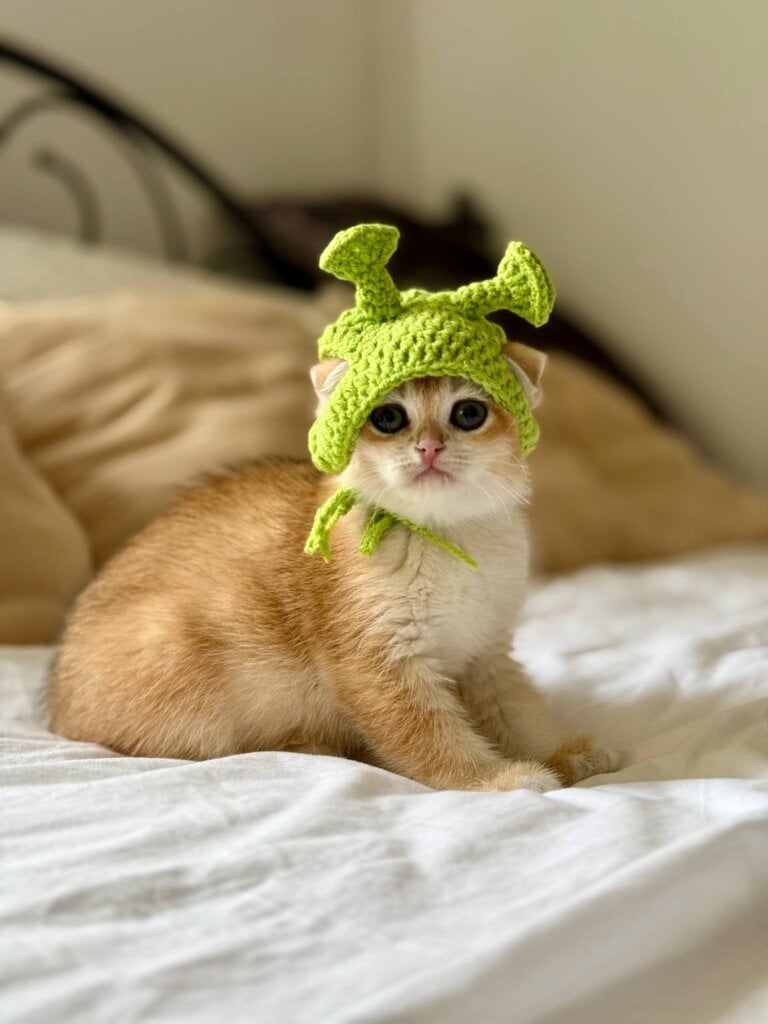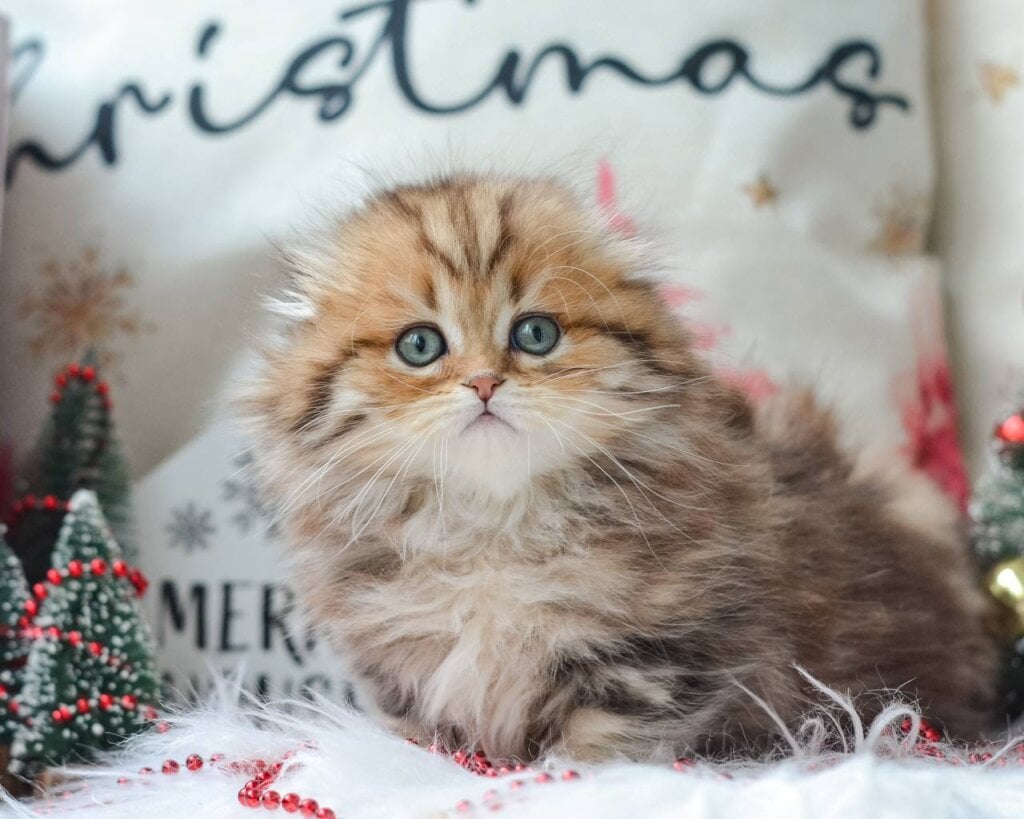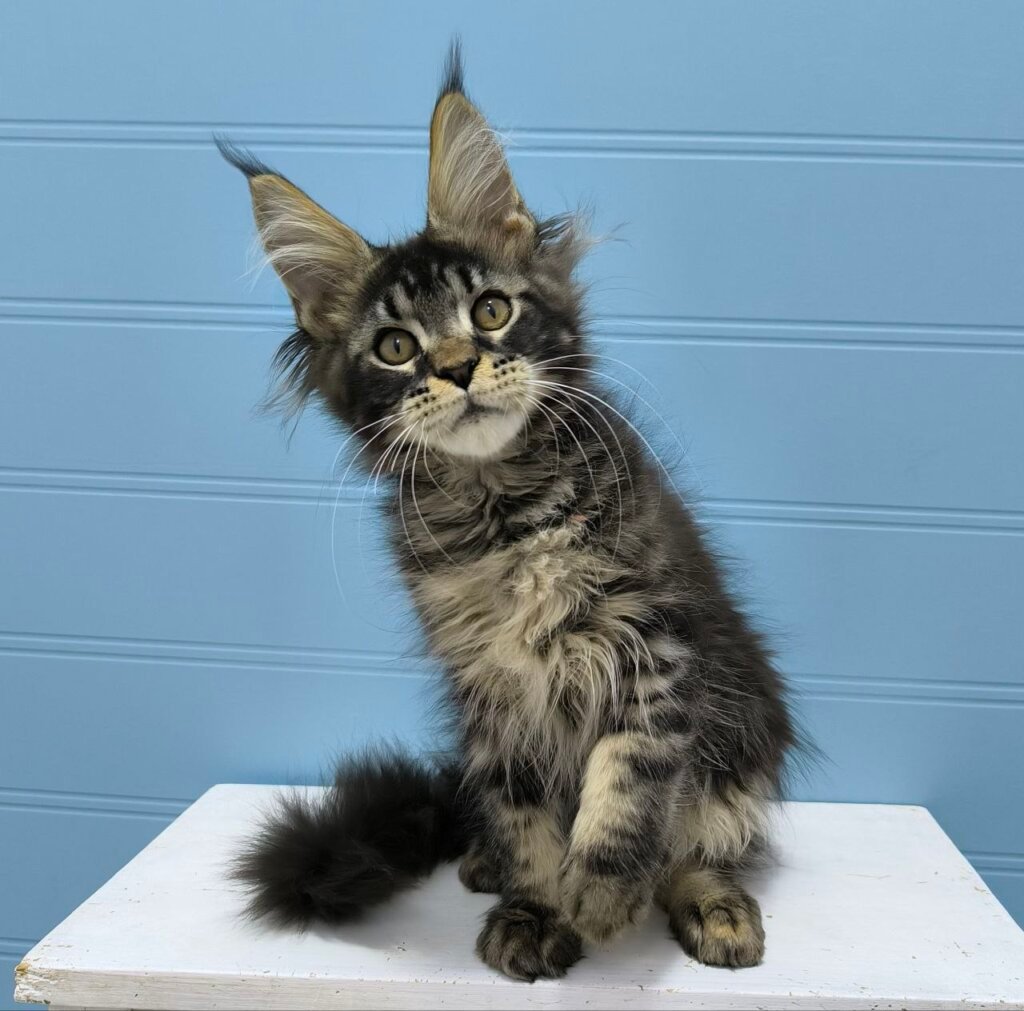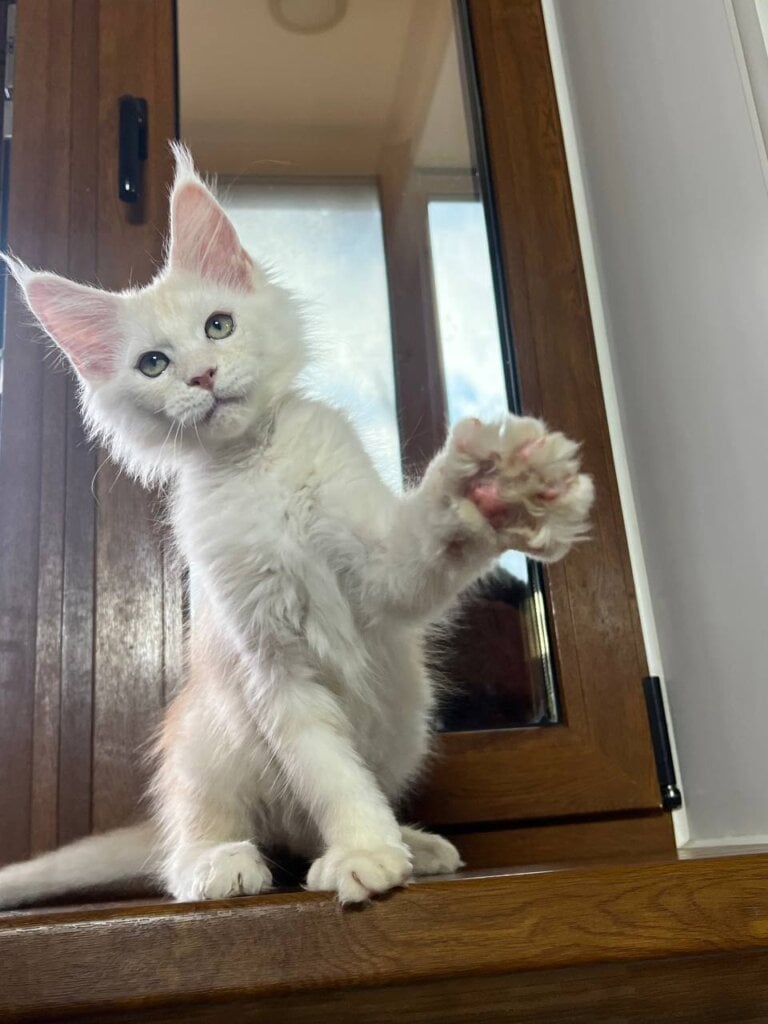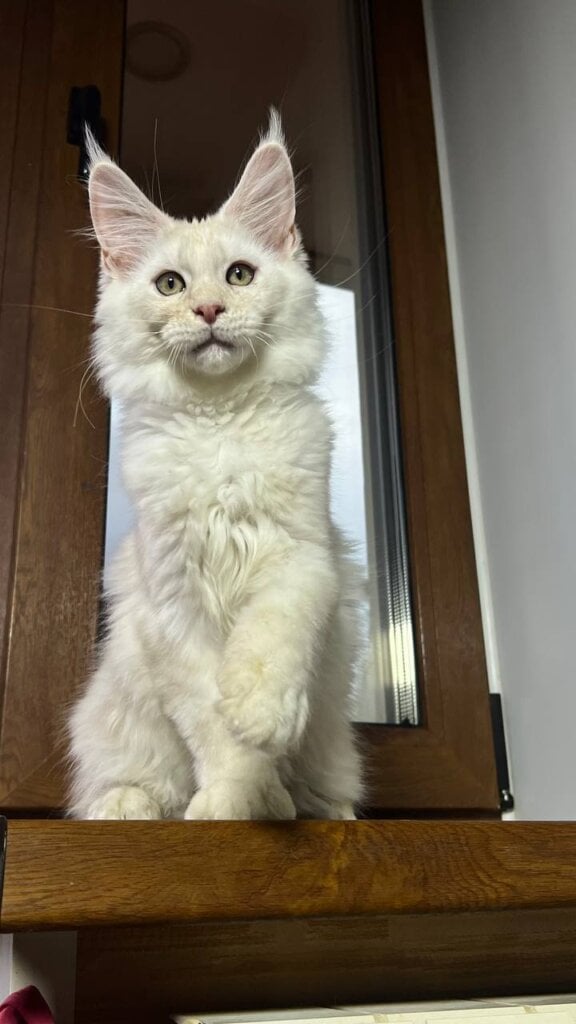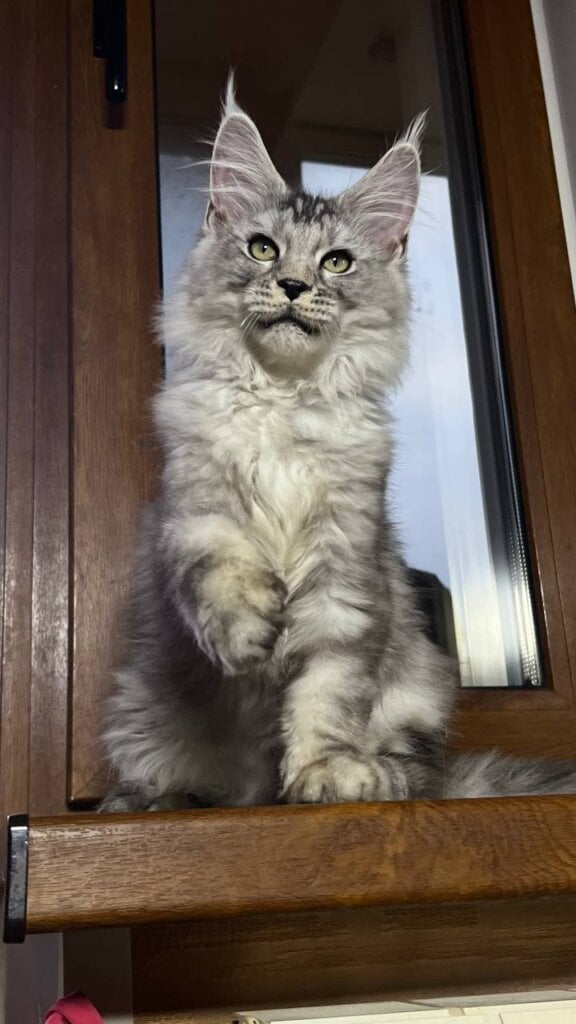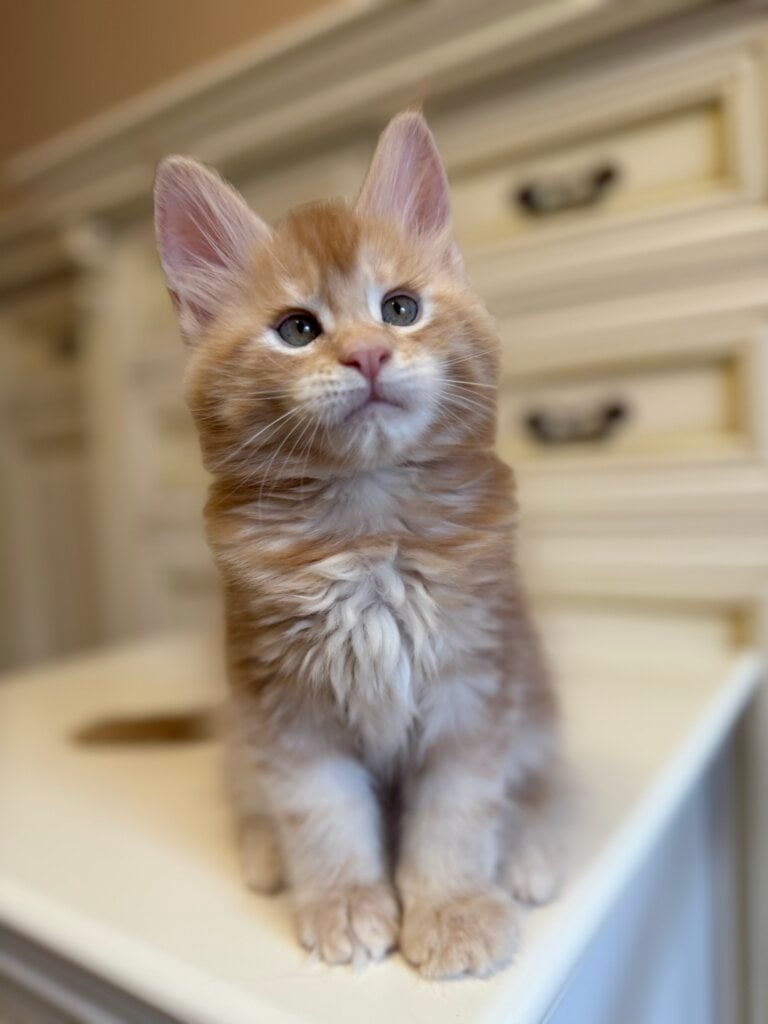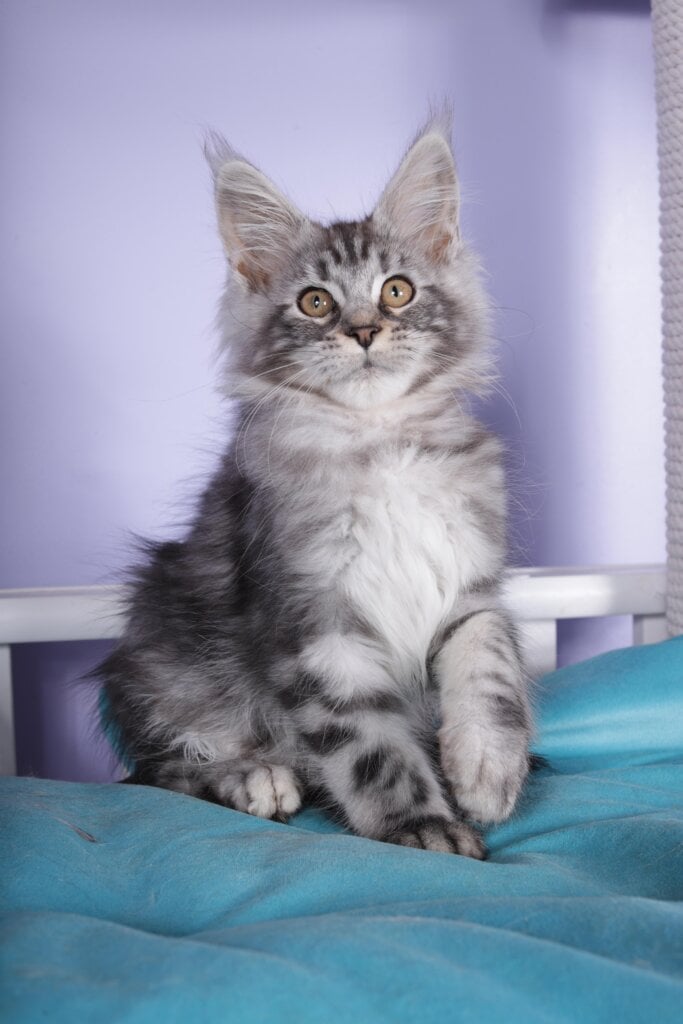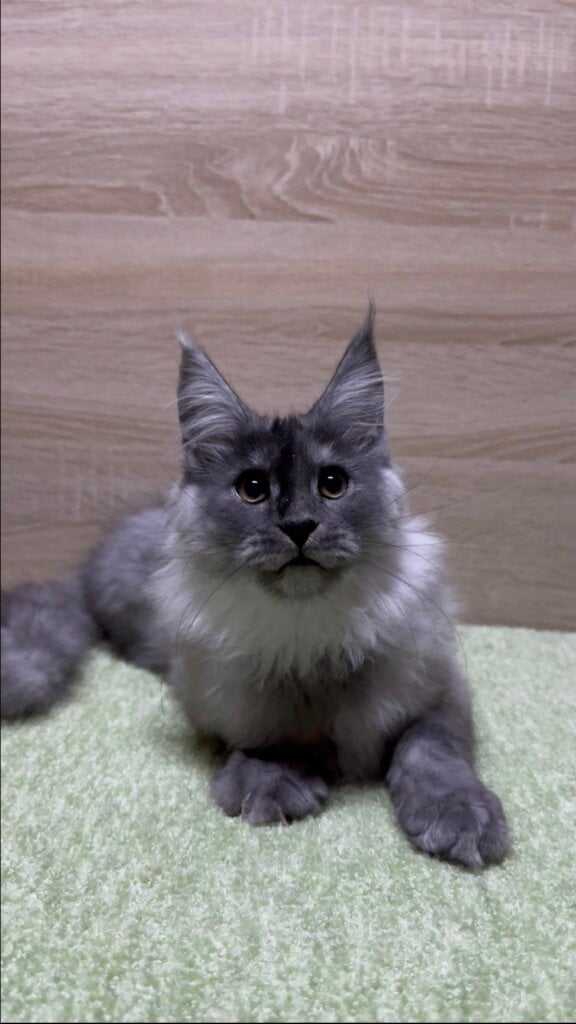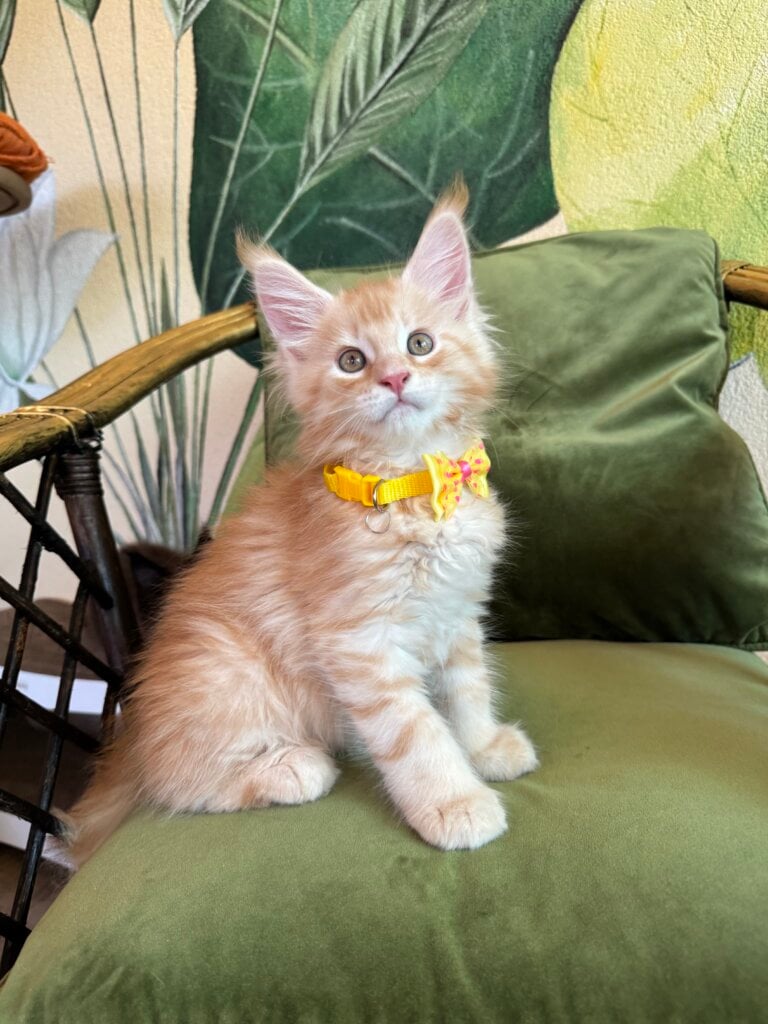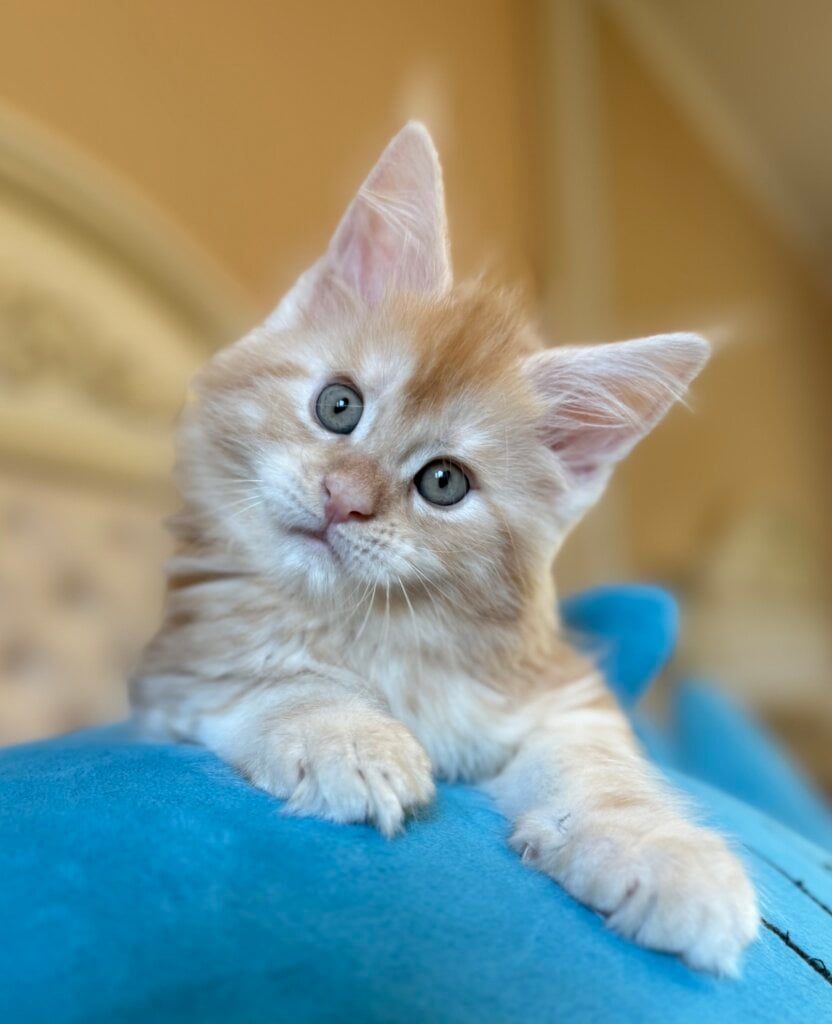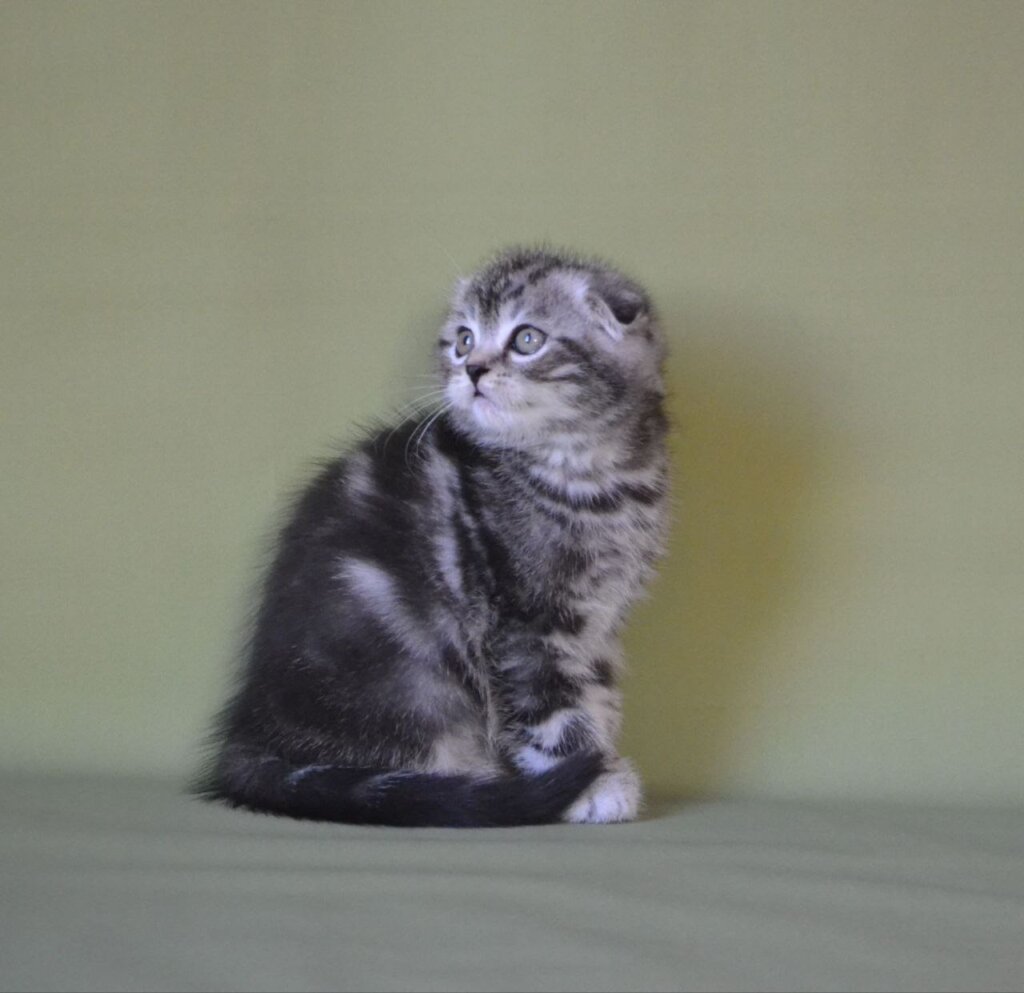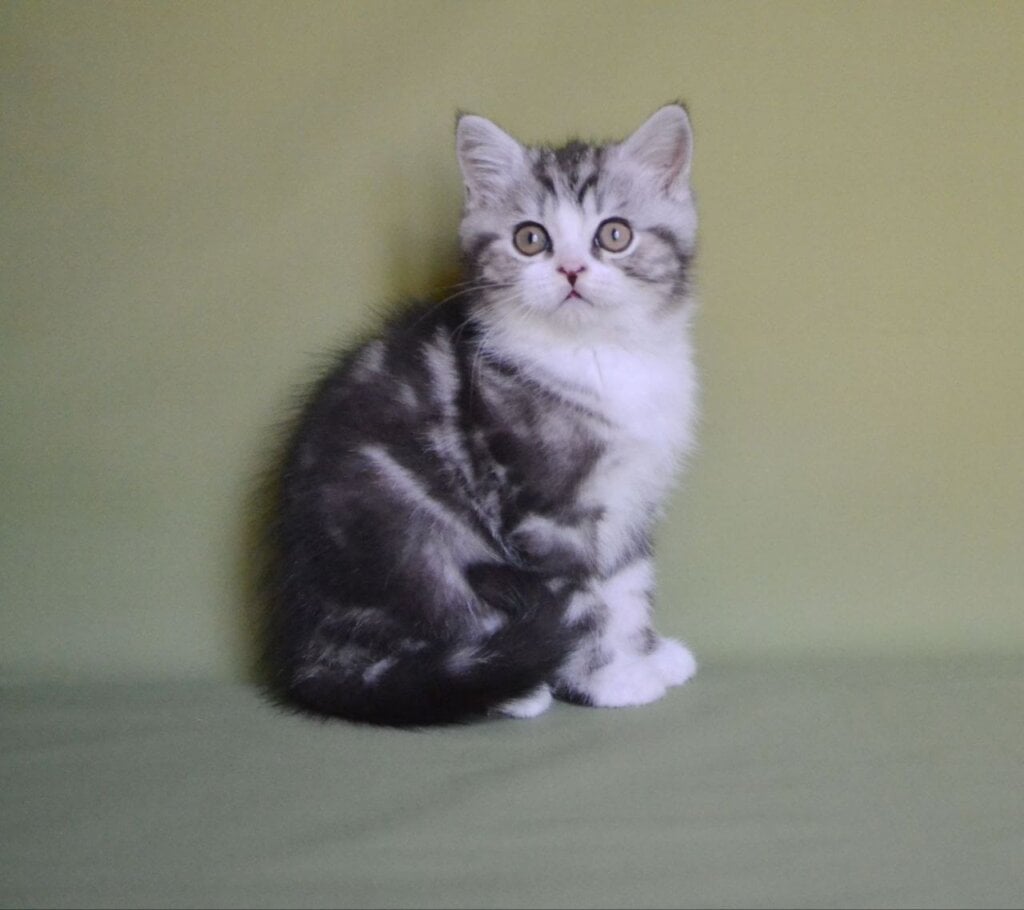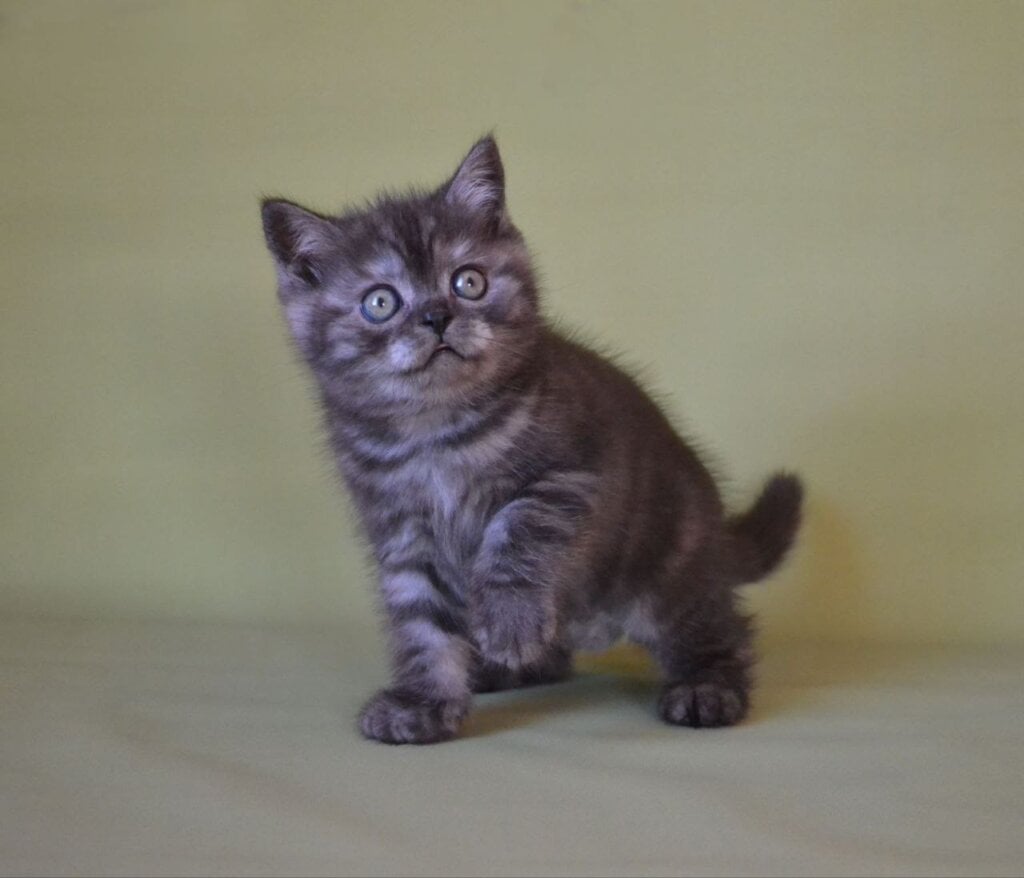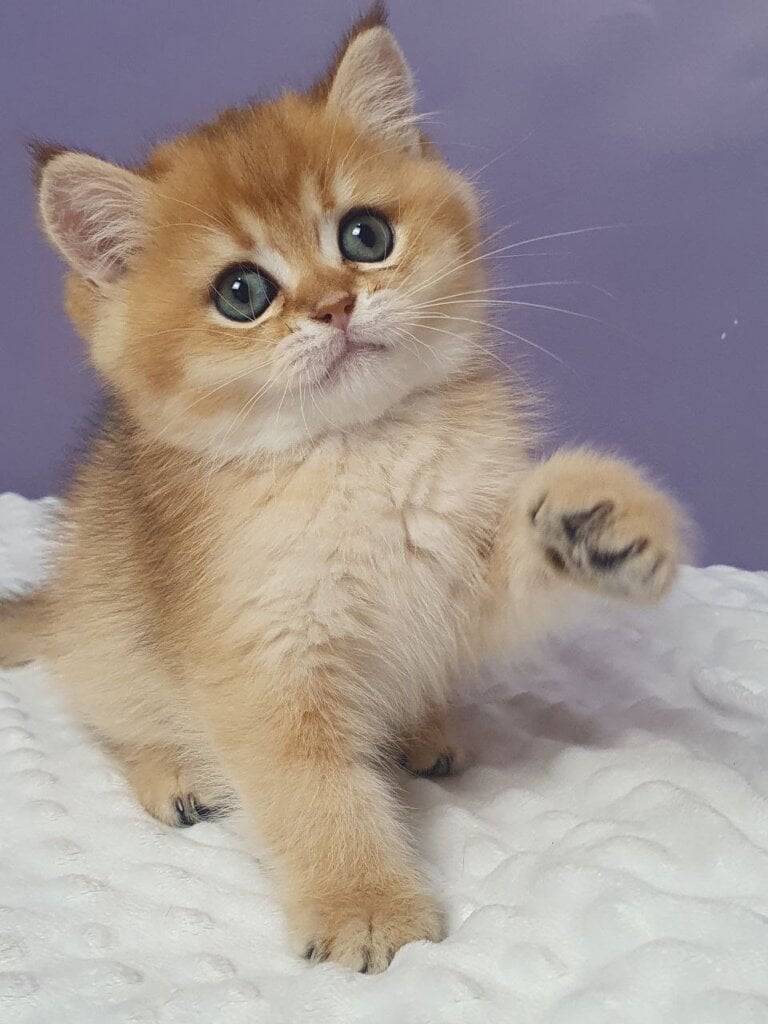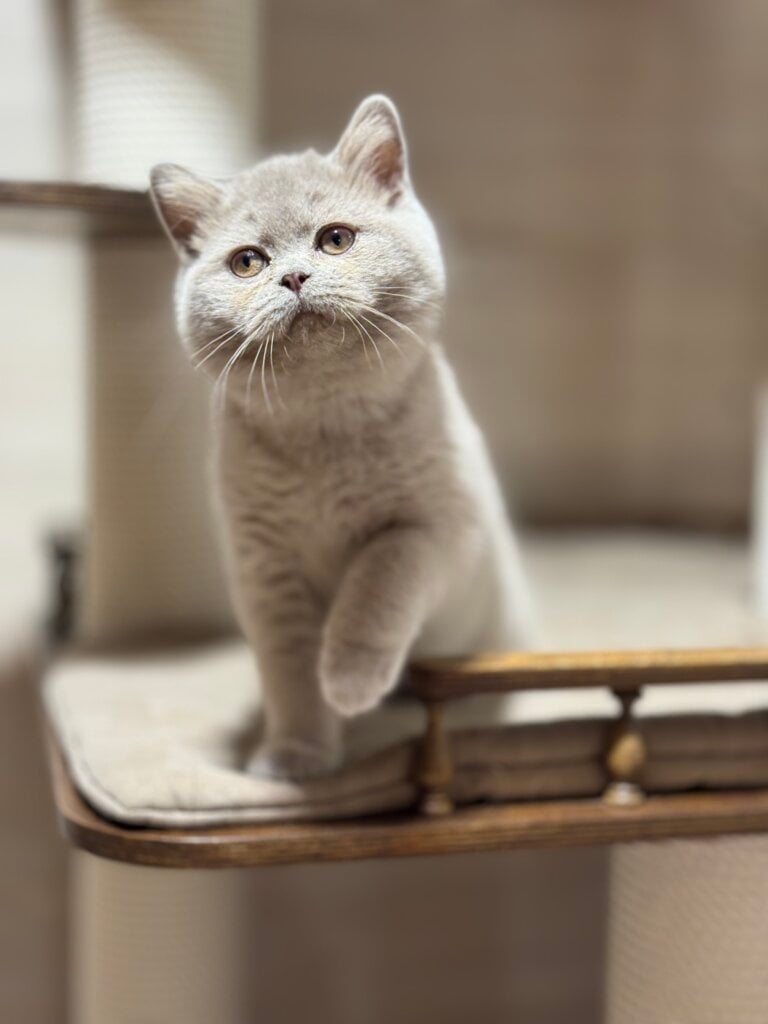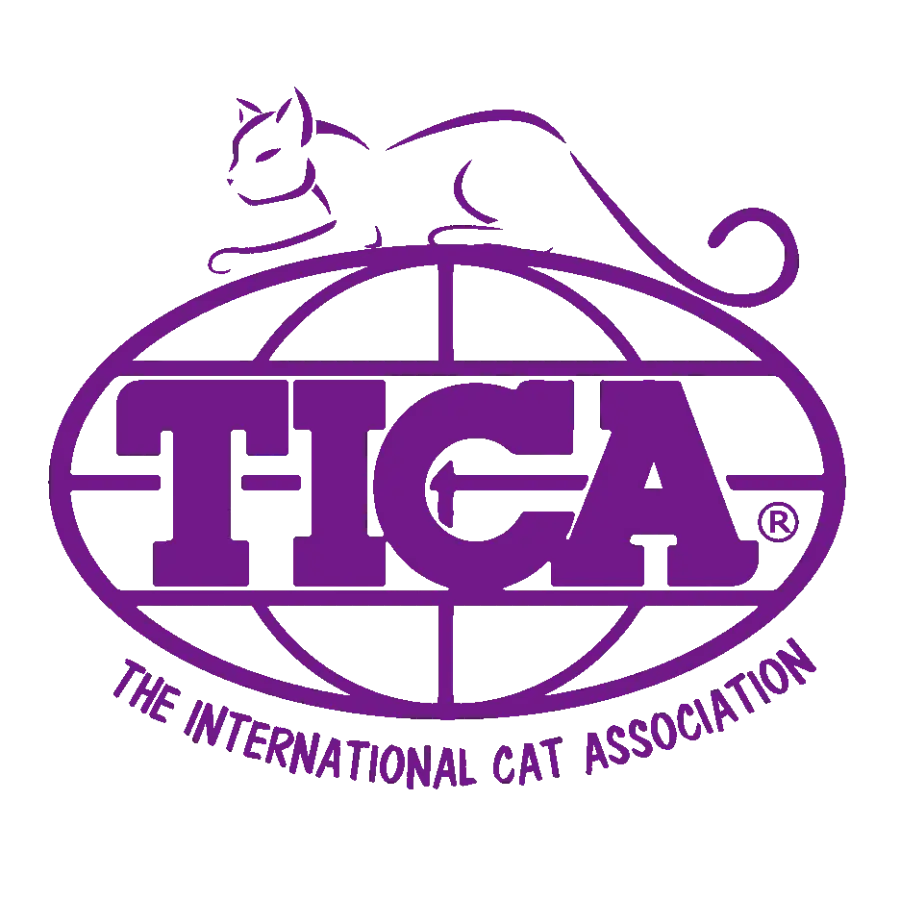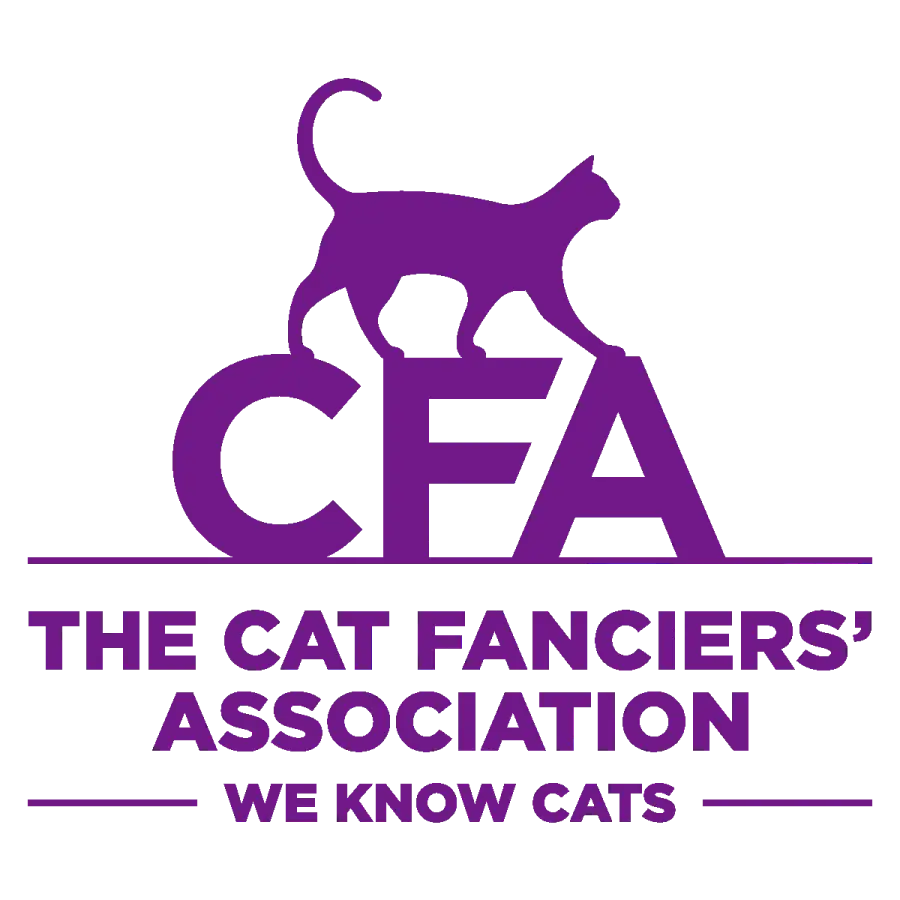Key Takeaways
- Regular grooming is vital for Maine Coons because their unique, long, and dense fur can easily mat and tangle without proper care. It’s an important part of their daily care, preventing mats, reducing shedding, and overall keeping them looking and feeling their best.
- Grooming offers significant health benefits, such as improving skin condition, preventing painful matting, and allowing early detection of skin issues or parasites.
- Provide a grooming routine appropriate for the time of year and life stage of your cat. Change the frequency when your Maine Coon is shedding, and as they transition from a kitten to an adult.
- Invest in good grooming tools such as quality brushes, cat-safe nail clippers, and cat-safe shampoos. When used correctly, these tools can help you provide a painless grooming session to your Maine Coon.
- Allow time and remain consistent when getting your cat used to new grooming routines such as brushing, claw clipping, or teeth cleaning. Taking the process slow allows for less stress and more bonding between you and your cat.
- Consider professional grooming If your Maine Coon is seriously matted, has behavioral issues while grooming, or needs special handling, look for a professional groomer.
Why Groom a Maine Coon?
Maine Coons are known for their majestic, long coats and friendly personalities, making them one of the most beloved cat breeds. With their unique features comes a responsibility that grooming takes first place in ways of promoting their health, comfort and beauty. Daily grooming makes it much easier to keep your Coon’s mane looking pristine.
Plus, it lays the foundation for a positive relationship with your pet. Here’s a closer look at why grooming is so important for Maine Coons.
Maine Coon Unique Coat Needs
Maine Coons are known for their long, flowy, thick double coat that can be found in many colors and patterns. Their coat is gorgeous, to be sure, but it serves an important purpose as it provides extra warmth during the winter months. This luxurious layer of fur needs regular grooming to keep from forming tangles and mats.
Though all cats are hard-working and efficient self-groomers, Maine Coons almost always require additional assistance to keep their long-haired coat neat and tangly-free. If not brushed regularly, their coat can form mats. This is particularly the case in spots with dense undercoating, such as behind the ears or underneath the armpits.
Begin with more sensitive areas like the back and sides to reduce discomfort. After mastering those, make your way to the more challenging areas, like the stomach. Defeating the hair monster Tools such as a wide-toothed comb or slicker brush can make the task go a lot more smoothly.
Depending on the cat, their texture can range from very silky to an almost straw-like feel. Different cats will require different grooming techniques – tailor your technique to their needs to get the best results.
Health Benefits of Grooming
Grooming is about more than maintaining a luxurious coat. Grooming is crucial to your Maine Coon’s overall health. By brushing them regularly, loose fur is less likely to be swallowed, reducing the risk of hairballs, which can lead to digestive issues.
In addition, it’s an excellent opportunity to spot any skin problems, parasites, or abnormal lumps that need a vet’s attention. Because their coats are made up of 98% protein, the diet of Maine Coons contributes to producing healthy and beautiful fur.
Animal protein-packed meals like the ones Untamed serves are sure to boost your kitty’s coat and overall health.
Enhance Appearance Through Grooming
A healthy Maine Coon who gets groomed regularly will not only be happier but will be striking in appearance. Their long, flowing fur is an essential trait of the breed, and routine grooming allows their innate splendor to shine through.
Grooming enhances the color and texture of their coat, whether it’s a solid shade, tabby pattern, or a mix of both. A clean, well-groomed coat shows the love and attention your cat has received and only adds to their royal and elegant aesthetic.
How Often to Groom?
Keeping a regular grooming schedule is important for any Maine Coon cat, due to their heavy, luxurious coats. These gentle giants should be groomed regularly so that their shedding fur doesn’t become matted and uncomfortable later in life. As seasons shift, and especially as your cat ages, grooming frequency can vary. Having a plan in place helps ensure your cat stays healthy and happy.
Seasonal Grooming Adjustments
Shedding SeasonsDuring shedding seasons, especially spring and fall, their heavy undercoat will shed a bit more profusely. Regular brushing of two to three times a week becomes particularly important during these periods. It’s the secret weapon to remove even more loose hair and dander. This keeps tangles and mats from getting a foothold on your dog.
During warmer weather, regular monthly baths can help keep your Maine Coon cool and clean. Before bathing, brushing is vital to remove any knots, as water can tighten mats and make them harder to address. Choose a mild, cat-friendly shampoo to help cleanse the skin and coat while keeping baths a pleasant experience.
During the colder months, pay attention to brushing them more frequently to not over-bathe your dog, as this can make their skin dry.
Grooming Frequency by Life Stage
A Maine Coon’s grooming needs will change throughout their life. Kittens do have softer coats that typically don’t tangle as much. Due to this fact, you will need to brush them just a few times a week. If you introduce grooming early, it helps create a favorable routine and the bond between you and your pet will deepen.
Adult Maine Coons do best with frequent grooming. Professionals recommend brushing two to three times a week – even that’s only 15% of the week. This regularity prevents their coats from becoming coarse and knotted. It helps you keep track of any hair loss and makes it easier to ensure their coat is healthy!
As your older Maine Coon’s mobility decreases, so will her ability to groom herself properly – so this is a good time to increase the frequency of your grooming sessions. Fitting the grooming routine to their individual needs goes a long way toward maintaining their happiness and cleanliness.
Essential Grooming Tools
Maine Coons, regal and dazzling with their beautiful shaggy coats and immense size, need regular grooming to stay at their best health! Having the right tools not only makes the process smoother but ensures that grooming is a positive experience for both you and your cat. Below, we look at the essential grooming tools every Maine Coon owner should have.
Best Brushes for Maine Coons
A high-quality brush is extremely important in caring for your Maine Coon’s thick, double-layered coat. The most effective would be a 10-inch long, 1 ½-inch pronged greyhound brush. With regularly reduced shedding up to 95%, this brush is built to penetrate deeper, working through the undercoat gently and effectively to remove loose hair.
At least weekly brushing prevents matting and tangling, which easily occur due to Maine Coons’ long hair. Aside from the greyhound brush, a good comb is just as essential. A comb is especially handy for getting out tangles and mats. To prevent unintentional cuts, use the comb to create a space between the skin and the mat before carefully removing snarls.
When you use both tools together, you’ll prevent matting by up to 90% while maintaining a soft, shiny coat.
Nail Clippers and Teeth Cleaning Tools
Keeping your Maine Coon’s nails healthy is a delicate balance. An effective pair of clippers will clip the very end of each nail. This method prevents you from clipping into the quick, which is painful and will cause bleeding. Daily brushing is recommended and regular nail trimming, every 3-4 weeks, will ensure their paws stay healthy and you won’t acquire scratch damage.
For maintaining oral health, you should purchase a pet-safe toothbrush and toothpaste. Routine teeth cleaning is important to remove plaque from forming and maintain your cat’s good health. Dental care tools specially designed for pets, such as finger brushes, can make the process easier.
Shampoos and Coat Conditioners
Bathing a Maine Coon isn’t a daily chore, but if your kitty needs a bath, you’ll want a gentle, cat-safe shampoo. Choose shampoos that are extra moisturizing and avoid anything with harsh chemicals to keep their coat healthy and full of natural oils.
Coat conditioners help keep the coat soft and tangle-free. Use them regularly, particularly after a bath or during times of seasonal shedding.

Effective Brushing Techniques
Regular brushing is essential to keeping your Maine Coon looking and feeling majestic with his beautiful, long coat. Maine Coons have a double-layered coat, which requires regular brushing. This regular grooming routine helps avoid mats, minimizes shedding, and maintains a clean, healthy coat.
Here’s how to brush effectively – everything from a section-by-section breakdown to how to best address common problem areas.
Step-by-Step Brushing Guide
For best grooming results, start with a slicker brush. This is the only tool that effectively removes all the undercoat and awn hair. It does a fantastic job at removing all the trapped loose fur and dander.
Grip the brush lightly. Begin at the crest of the head and continue in long, even strokes down the neck and to the top of the tail. Focus on areas of the coat where there is the most undercoat, such as the neck and chest area.
Follow up with a metal comb to work out any leftover tangles. Doing so will ensure you are grooming the outer coat properly, allowing it to look beautiful, sleek and shiny.
We recommend brushing your Maine Coon at least two to three times per week. Especially during seasonal shedding times, everyday brushing works miracles to keep your pet’s coat clear and healthy!
Frequent brushing removes excess loose hair and dead hair from your dog’s coat. It further helped spread the body’s own natural skin oils that work to repel dirt and water.
Detangling Matted Fur
Mats can develop in no time, especially if a grooming routine is not regular. If brushing matted fur, be careful not to pull or tug. This can create pain and make your pet more hesitant to be groomed.
Instead, use a detangling spray or an equal amount of conditioner and water to detangle and loosen the knots. Use your fingers to gently break up the mat, and then a wide-toothed comb to carefully comb through and separate the hairs.
For extremely matted coats, a dematting tool will work wonders.
Preventing Mats and Knots
It’s better to prevent mats than it is to fix them. Regular brushing prevents loose hair and dirt from clumping together into matted fur or an enormous tumbleweed.
Focus brushing on regions with longer or thicker coats. The belly and hind leg area are the places mats typically form most frequently.
Addressing Common Matting Areas
These materials may cause mats to form under your Maine Coons shoulders, behind their ears, and along their tail. The work of brushing these sensitive areas of fur needs to be done often and very softly because the undercoat is more fragile and easily irritated.
Different Brushing Styles
For regular brushing, a medium- to short-bristled slicker brush works best to remove loose hair and keep the undercoat in check. A pin brush is ideal for finishing out the outer layer.
A winning formula Picking the right mix of tools will help you groom your cat more effectively, and with less stress.
Claw Clipping Made Easy
Regular claw care is an important aspect of grooming your Maine Coon, as well. Maintaining their claws goes a long way in keeping our pets content carriers. Plus, it keeps your furniture, floors – and even your skin – from surprise gouging and scratching.
Like many large breeds, Maine Coons tend to have gentle temperaments, so this grooming activity should be less stressful than on other cat breeds. With the right tools, techniques, and a little patience, maintaining your cat’s claws can become a seamless part of your routine.
Safely Trim Your Maine Coon’s Claws
Choosing the appropriate tool is the first step toward positive claw clipping experiences. Many owners prefer guillotine-style clippers because they are precise and easy to control. Pick a trimmer that you feel comfortable maneuvering and gripping in one hand.
Choose one that has a non-slip grip to avoid your hand slipping while you’re clipping. Tip 1 – Patience is your friend – make sure your Maine Coon is ready and relaxed before doing the nail clipping. Hold their paw steady, extending the claw by pressing the toe pad down and away.
Until your cat is used to having their claws clipped, continue trimming only the sharp tip. Avoid clipping into the pink area, called the quick, to avoid pain and bleeding. If you aren’t certain, it is safer to trim a bit at a time.
How to Introduce Claw Clipping
We find it’s easiest to acclimate a Maine Coon to nail trimming if you start early. If your cat is still a kitten, they will be more amenable to the process. For adult cats, allow time and proceed slowly to earn trust.
Start by just touching their paws while they’re playing or being petted to get them used to the feel and look of their claws. Positive reinforcement, plenty of treats, and a stress-free environment go a long way. Eventually, they’ll learn that claw clipping means treats, and it will make the whole process easier.
Recognizing When to Clip
This is why keeping tabs on your Maine Coon’s claws is essential! Long claws can curl in and dig into their paw pads, which can be painful – and if untreated, make walking for your pet painful.
More active cats will help wear down their claws naturally, but every two weeks is a safe trimming schedule to follow. Look for clues, such as snagging on surfaces or length you can see beyond the toe to know when to get a trim.
Teeth Brushing for Dental Health
Keeping your Maine Coon’s teeth healthy is key to keeping them healthy long-term. Though cats do a fabulous job grooming themselves, they still need our assistance to maintain proper dental hygiene. Provide regular at-home dental care.
Maine Coons are prone to conditions such as tartar build-up, halitosis, gingivitis and tooth fractures. Once we grow them, keeping teeth clean is key to keeping them healthy for a lifetime. With regular dental care, including brushing teeth twice a day, nearly 80% of dental issues can be avoided.
That means your best friend will live longer and be happier, too!
Select Cat-Friendly Toothpaste
Selecting the proper toothpaste is another crucial step in brushing your teeth. Toothpaste formulated for humans includes ingredients like fluoride, which are toxic to cats. Cat toothpaste is specifically designed to be safe for cats and irresistibly delicious to them.
Alternatives like chicken or fish flavored toothpaste can help to make the process much more enjoyable for your Maine Coon. These flavors match their favorite tastes, making brushing a fun and rewarding activity. Most of all, you don’t want to use baking soda or any abrasive materials that can damage their gums.
Always use products that are clearly marked for use in cats. You can often purchase these at pet supply stores or from your veterinarian.
Introduce Teeth Brushing Gradually
Brushing needs to be a gradual learning experience so your Maine Coon is at ease with the whole process. Begin by allowing them to sniff and lick the toothpaste, connecting it to a fun experience. Start introducing the toothbrush, or a finger brush, by letting them taste it, then gradually touch the brush or finger brush to their teeth and gums.
If your cat hasn’t had any experience with this, begin with very short sessions, progressing one or two teeth at a time. As they get more used to it, gradually start brushing for longer. Linking brushing to something positive, like snacks or pets and cuddles, can go a long way to building good habits.
This step-by-step process will reduce the anxiety for you and your kitty.
Proper Brushing Technique
With a soft-bristled toothbrush or a finger brush, place the bristles at a 45-degree angle to the gum line. Pay special attention to the outer surfaces of the teeth, where tartar tends to build up more. Short, circular motions are key to achieving the most effective clean.
If your feline friend pushes back, don’t worry about brushing every tooth every time. Regular brushing, at least two to three times a week, helps maintain oral health and reduces the need for frequent professional cleanings.
Managing Shedding in Maine Coons
Maine Coons are known for their extravagant, majestic coats. Aren’t Maine Coons the best pet ever! To ensure they’re happy and snug, effective shedding management is a must. While some shedding is natural, understanding its causes and addressing them effectively can make grooming more manageable for both you and your cat.
Regular grooming, proper nutrition, and a supportive environment are just a few key factors.
Diet’s Role in Coat Health
You might be surprised to learn that what your Maine Coon eats has a direct impact on the health of their coat. A nutritionally complete diet rich in quality protein supports the development of strong, healthy, shiny fur. Packed with more than 60% whole meat ingredients, it tames excessive shedding too.
This is particularly true for Maine Coons, whose thick fur needs added nutrients to stay healthy. Dermatological research demonstrates that foods high in omega-3 and omega-6 fatty acids increase skin hydration. They moisturize the skin, reducing dryness, which is a common cause for shedding.
Regular wet food consumption helps, as its moisture content keeps their skin supple and minimizes shedding over time. Combining this with dry kibble guarantees a well-rounded diet that’s perfect for their high energy requirements.
Supplements for a Healthy Coat
At times, even a complete diet needs a little extra help. Supplements such as fish oil or biotin are both great choices to help promote a healthy coat. Fish oil is full of omega fatty acids, known to reduce inflammation and improve coat texture.
Biotin works to reinforce hair follicles and stop them from breaking. Another good supplement to look into is zinc, which helps skin heal and stops shedding caused by a skin irritation. As a reminder, always speak to your veterinarian before adding any new supplements.
This allows you to further test them out and make sure they’re right for your cat’s unique needs.
Environmental Control of Shedding
Shedding can be impacted by environmental stressors too. Seasonal shedding, like in spring and autumn when Maine Coons transition their coats according to the seasons. For indoor cats, the shedding is low-grade and happens throughout the year but can be controlled with frequent brushing, every two to three days.
This method helps to eliminate loose fur and aids in spreading your Maine Coon’s natural oils, ensuring that their coat remains healthy and shiny. This can trigger allergic reactions or asthma attacks so keep your home clean and dust-free to minimize allergens.
Air purifiers can help reduce stress that might cause excess shedding. Keep an eye out for excessive or abnormal shedding, as this could indicate a health issue that needs a vet’s attention.
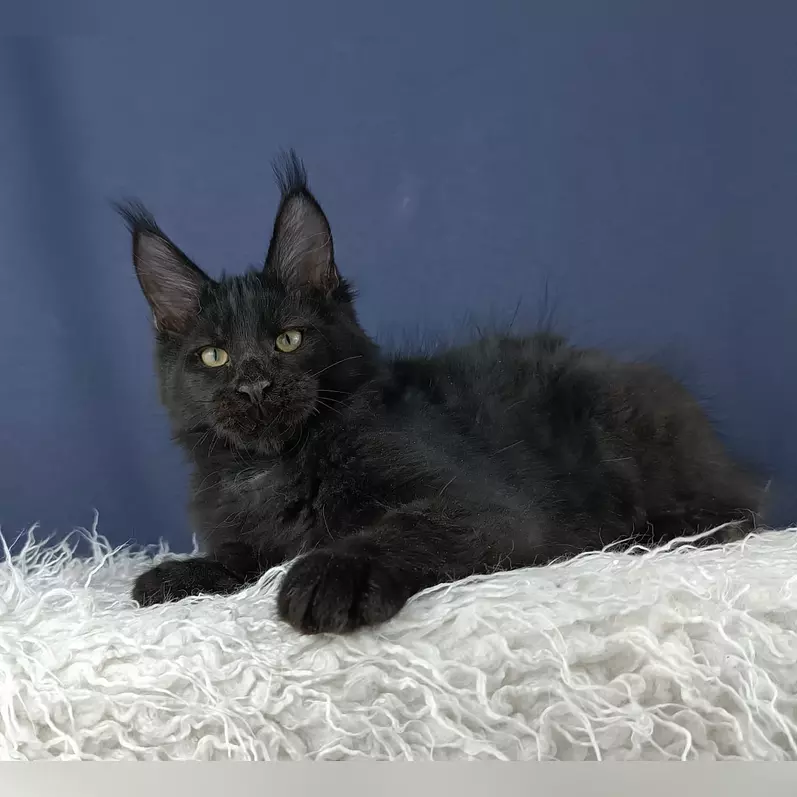
Bathing Your Maine Coon
Bathing your Maine Coon isn’t an everyday event. When certain conditions are met, bathing your Maine Coon is a crucial part of their grooming process. Luckily, Maine Coons are considered to be very clean pets with excellent self-cleaning habits and almost waterproof fur.
Bathing them can improve their overall cleanliness and make them more comfortable in specific situations. To ensure the process goes smoothly and without anxiety, first determine if bathing is needed at all. Just as importantly, learn how to bathe them properly and how to best dry them afterward.
When is Bathing Necessary?
For the most part, Maine Coons will clean themselves just fine, but there are situations where giving them a bath is beneficial. If your cat rolls in the mud, dirt, or something else sticky, bathe them. Bath Time It’s the most effective way to curl up that kitty!
Likewise, if your Maine Coon suffers from oily fur, the bath will remove the dirt and oil and leave their skin and fur healthy. Chronically greasy skin may be a sign of a skin disease, and if this is the case, you should talk with your vet right away.
Bathing will help you manage shedding. Bathing helps keep shedding under control. Maine Coons have long, luxurious coats that are thick and double-layered which holds on to a lot of loose undercoat. A good bath and quick drying will cut back on most of the over-shedding.
Bath time takes a long time – sometimes up to 2 hours. Preparation is key. Try to make the whole bathing process as calm and relaxing as possible for your cat.
Step-by-Step Bathing Guide
Ensuring a smooth bathing experience begins with preparation. Start out by clipping their front and hind nails to prevent any inadvertent scrapes. Choose a cat-safe shampoo and conditioner to keep your Maine Coon’s skin and coat healthy and shiny.
Before you begin, prepare a sink or large basin with warm (not hot) water, because Maine Coons have very sensitive skin and can get burned easily. Slowly wet your cat’s coat, being careful around the face and ears, then lather the shampoo in sections, thoroughly working it into the fur.
Make sure to rinse thoroughly to avoid any left-over residue, then apply cat conditioner if necessary. Rinse multiple times until the water is clear. While bathing them, talk to them in a calm manner so you can ease their nerves and avoid causing them stress.
Drying Techniques
Drying Your Maine CoonAfter the bath, you may wrap your Maine Coon in a soft, absorbent towel to soak up the excess water. It’s best to pat rather than rub so that you don’t tangle their long hair.
For faster results, pick up a pet-safe hair dryer. Set it to low and warm, and ensure you hold it at least 12 inches from their coat. Allow their fur to dry entirely as leaving dampness on their skin can lead to issues.
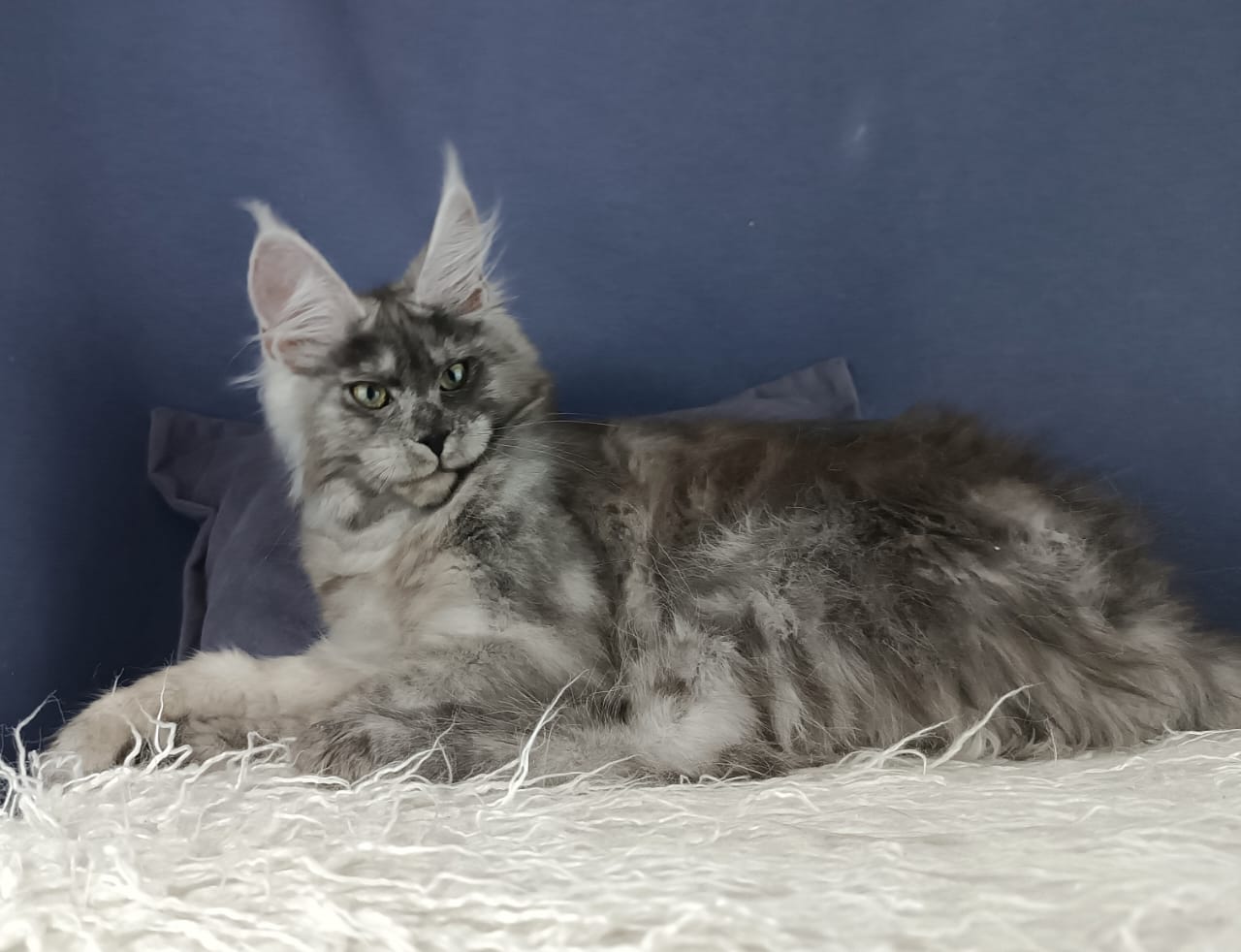
Addressing Fussy Grooming Behavior
Maine Coon grooming needs regular combing and brushing, especially due to their thick, double-layered coat that needs a little extra TLC. This coat consists of a very soft undercoat and longer, straight guard hairs. If not cared for correctly, it is high-maintenance and can quickly get knotted or matted.
Grooming is important for keeping your Maine Coon healthy and comfortable. Some cats will put up a fight when you try to groom them. Knowing how your cat thinks and using deliberate approaches will set you up to create an experience that’s stress-free for you both.
Create a Positive Grooming Experience
In order to make grooming sessions more pleasant and beneficial, it’s important to set the stage for each grooming experience. Select an environment that is calm, distraction-free, and comfortable for your Maine Coon.
Begin with brief grooming sessions, particularly if your cat is undergoing grooming for the first time. Take it slow, be gentle and enjoy the process instead of trying to rush through it.
Gracie’s favorite grooming tool, a high-quality de-shedding brush, was effective at removing her loose hair without pulling at or irritating her sensitive coat. Frequent brushing will keep your kitty from developing hairballs or irritated skin, particularly during your cat’s shedding cycles in the spring and fall.
Use Positive Reinforcement
Providing positive reinforcement to your Maine Coon when they accept grooming will help create a more enjoyable grooming session. Treats, verbal praise or gentle petting can help build a positive association with grooming.
To help build your cat’s confidence, try to pair grooming with something positive – like short grooming sessions followed by treats. With practice, this method will lower opposition and produce a more composed attitude at grooming appointments.
Desensitize Your Cat to Grooming Tools
Introducing new grooming tools gradually can desensitize them to fear or anxiety. Allow your Maine Coon to explore brushes and nail clippers by sniffing them before you start grooming or clipping.
For example, position your tools around their favorite lounging areas to get them used to seeing the equipment. Desensitization works wonders for sensitive procedures such as ear cleaning.
Since Maine Coons are susceptible to ear infections, using cat-safe ear cleaning solutions on a regular basis will help keep your Maine Coon healthy. Don’t use cotton swabs, which can damage their ears.
Recognize Stress Signals
Familiarizing yourself with your cat’s body language will help you prevent an experience that can make cats fussy about grooming. Signs such as pinned ears, flicking tails, or growling should not be ignored as signs of stress.
If you see any of these warning signals, stop the session and let your cat relax. When you push your pet through uncomfortable experiences, you set them up for future grooming resistance.
When to Seek Professional Help
Maine Coons are loved for their long, shaggy, luxurious coats, but keeping them looking their best can be a lot of work. Routine home grooming is an important part of your cat’s health. There are instances when you should call in the pros to keep them happy and cozy.
Signs of Skin or Coat Problems
One of the first signs that you should seek professional help is if your Maine Coon’s shedding starts to change. An unexpected change in shedding is often the first sign of more serious health issues. These can be allergies, obesity, thyroid conditions, or simply ringworm.
These issues are so serious that they can only be remedied with veterinary medical care and professional grooming. Severe tangles and matting are a red flag. In addition to the physical pain caused by matting, untreated matting can cause serious skin infections.
If mats are excessive or overly tight, trying to cut them out yourself at home could cause injury to your kitty. Professional groomers have the tools and expertise to safely resolve severe matting while keeping your Maine Coon calm and stress-free.
If your cat’s coat becomes noticeably dirty, such as after being sprayed by a skunk, professional grooming can make a significant difference. Regular deep cleaning with an expert cat groomer will clean really well without harming your kitty’s delicate skin with excess brushing.
Additionally, I think one major factor during at-home grooming is stress. In fact, according to experts such as Ashley, 80% of Maine Coon owners consider grooming a burden. If anxiety is affecting you or your cat, consider contacting a professional.
They can go very far in helping make grooming a heck of a lot easier and safer experience.
Benefits of Professional Groomers
Professional groomers provide more than a bath and a haircut. They are trained to identify early signs of skin irritation or abnormal shedding that you might miss at home. With their specialized tools and techniques, you can rest assured your Maine Coon will receive the best grooming possible, contributing to your beloved companion’s overall health.
A professional groomer can offer services based on the individual needs of your cat. They can recommend products that are appropriate for sensitive skin. They are able to de-shed, demat and clip nails in one safe environment, helping pets and owners feel calm and comfortable.
Looking for their professional guidance is a smart move in keeping your Maine Coon healthy and happy.
